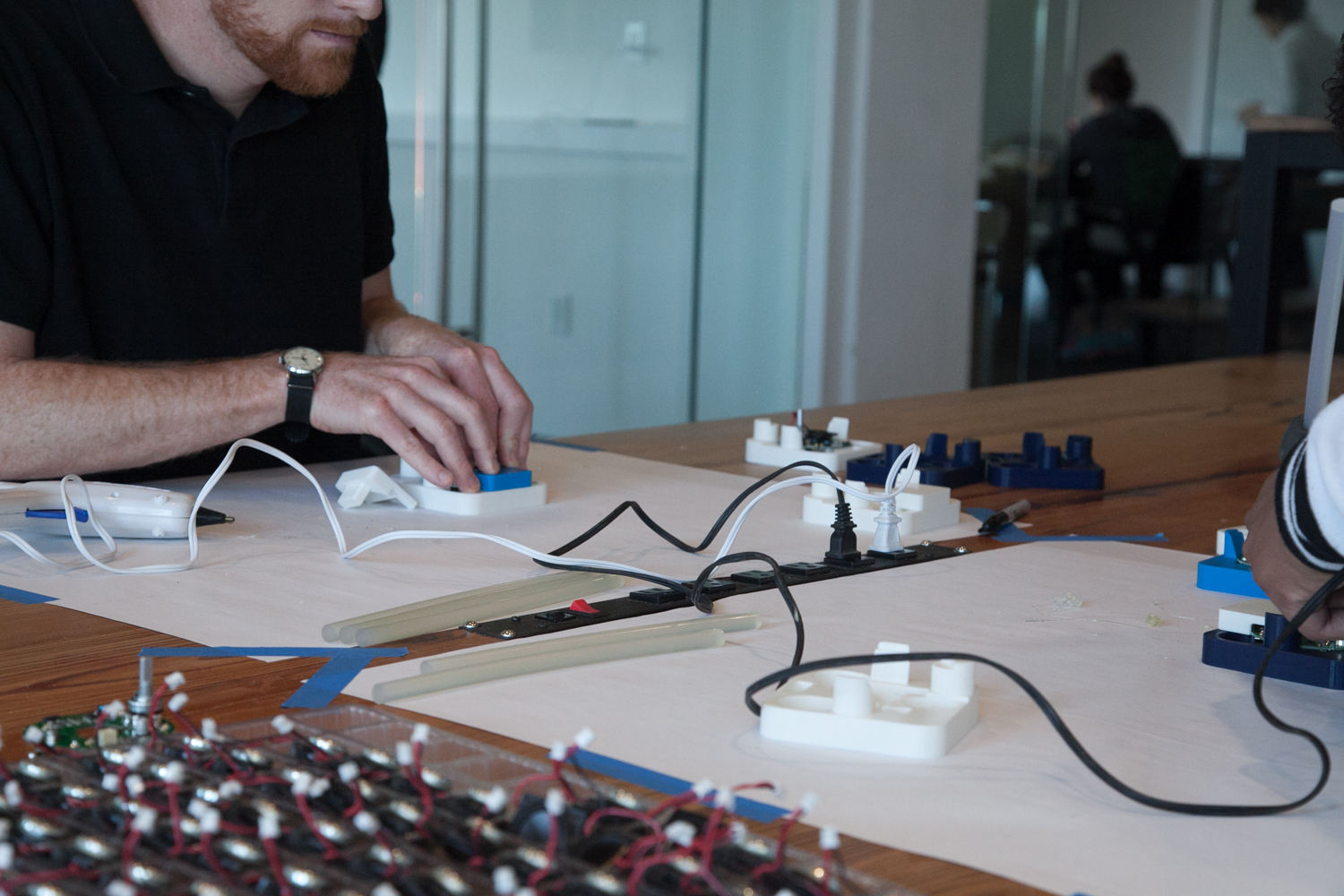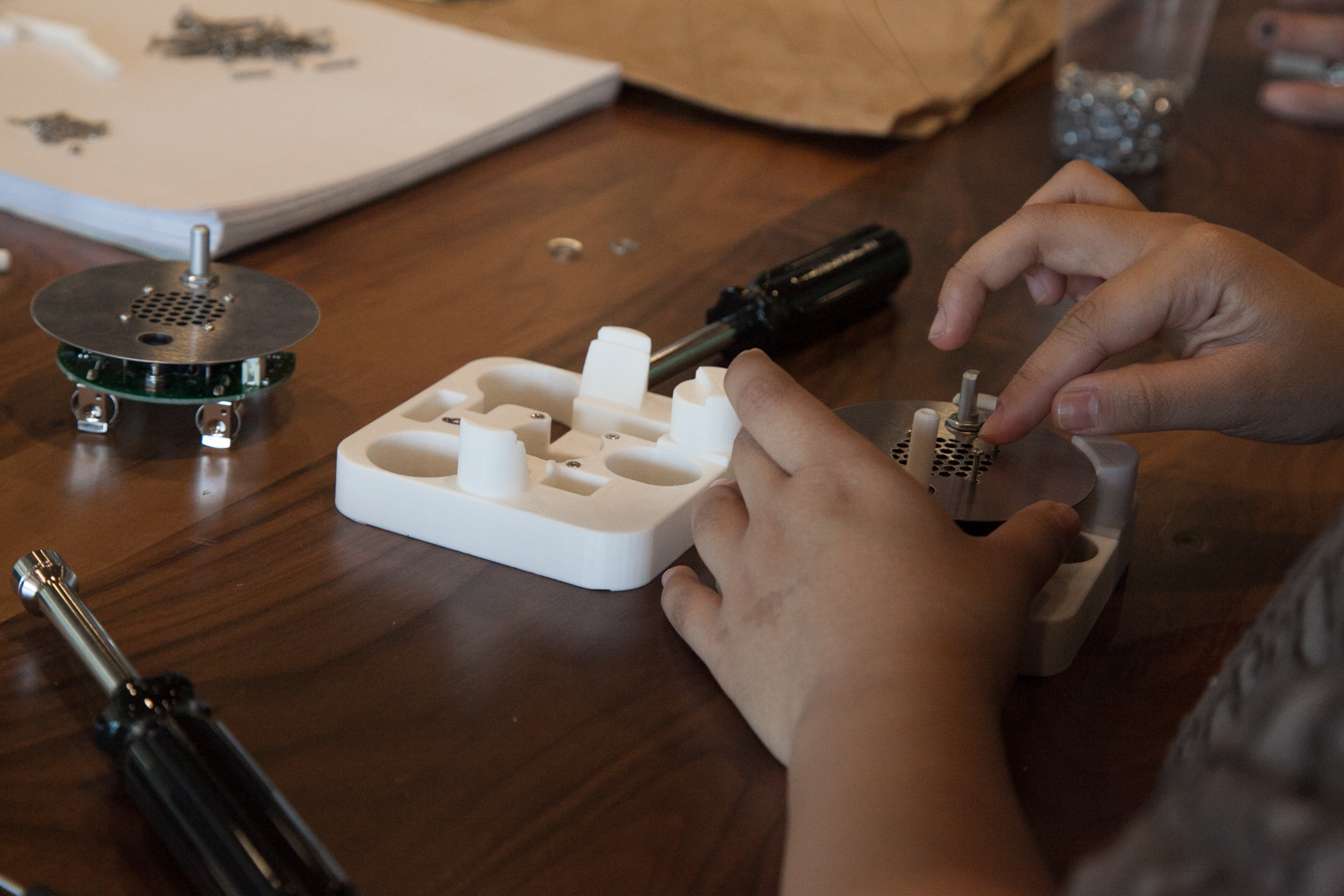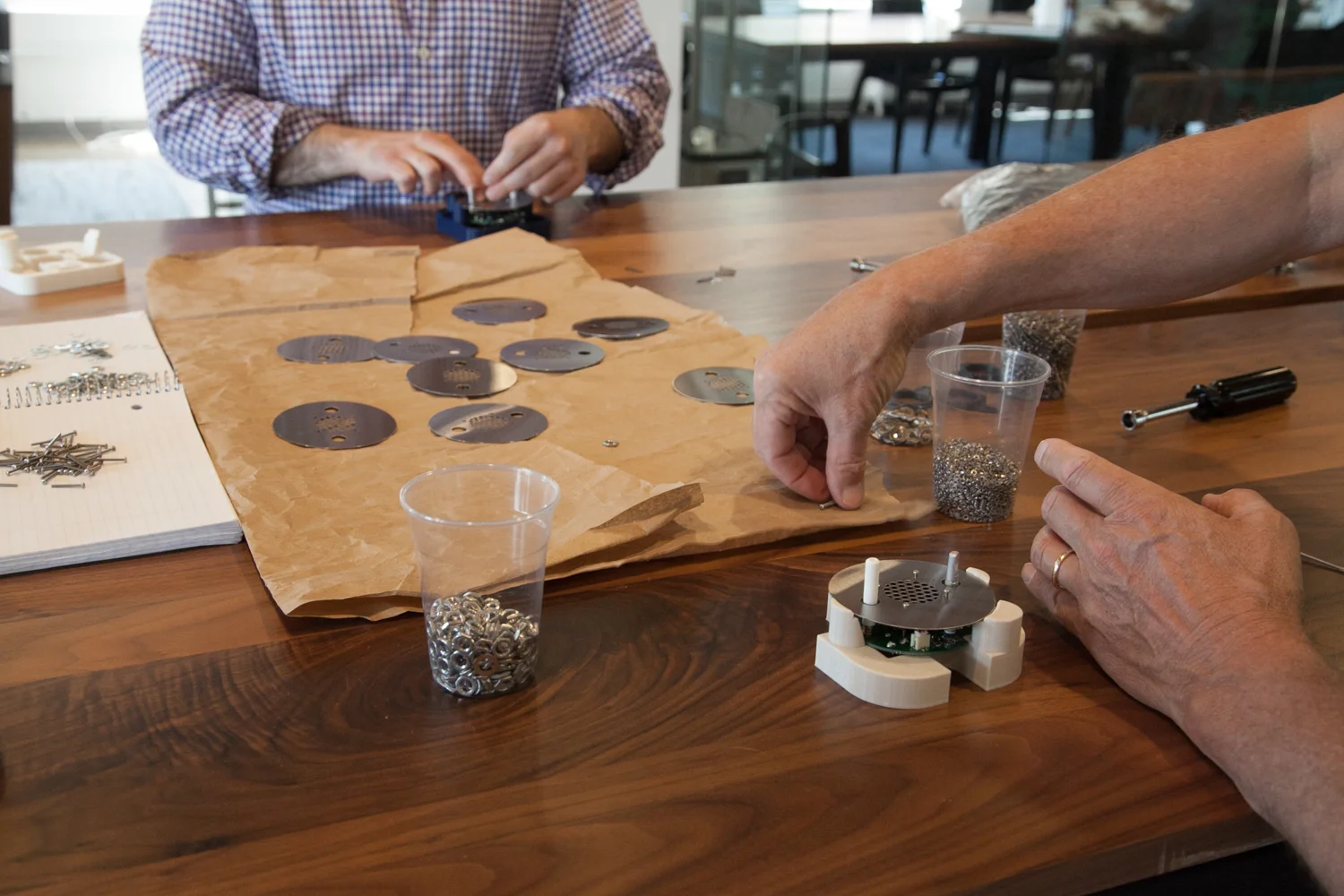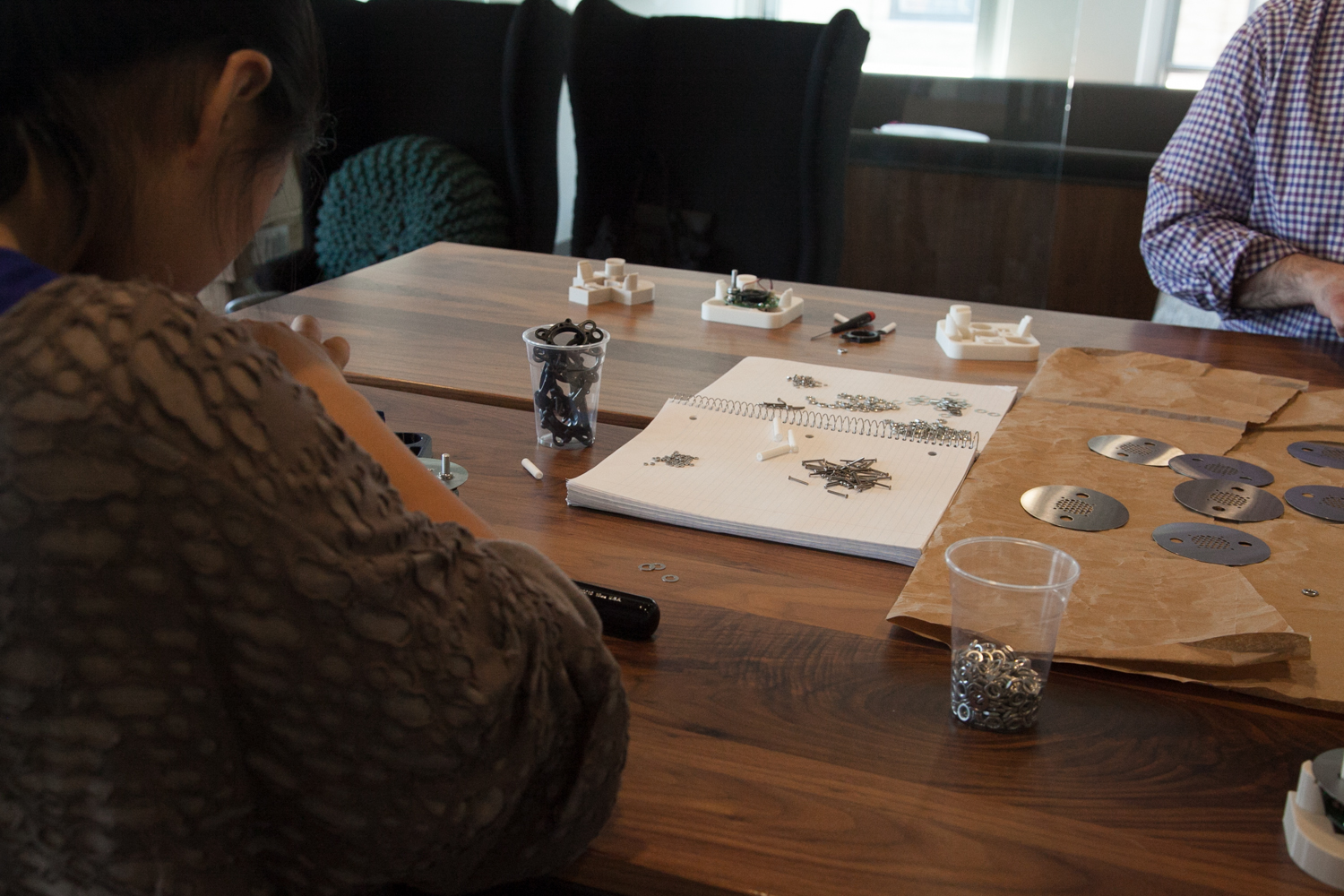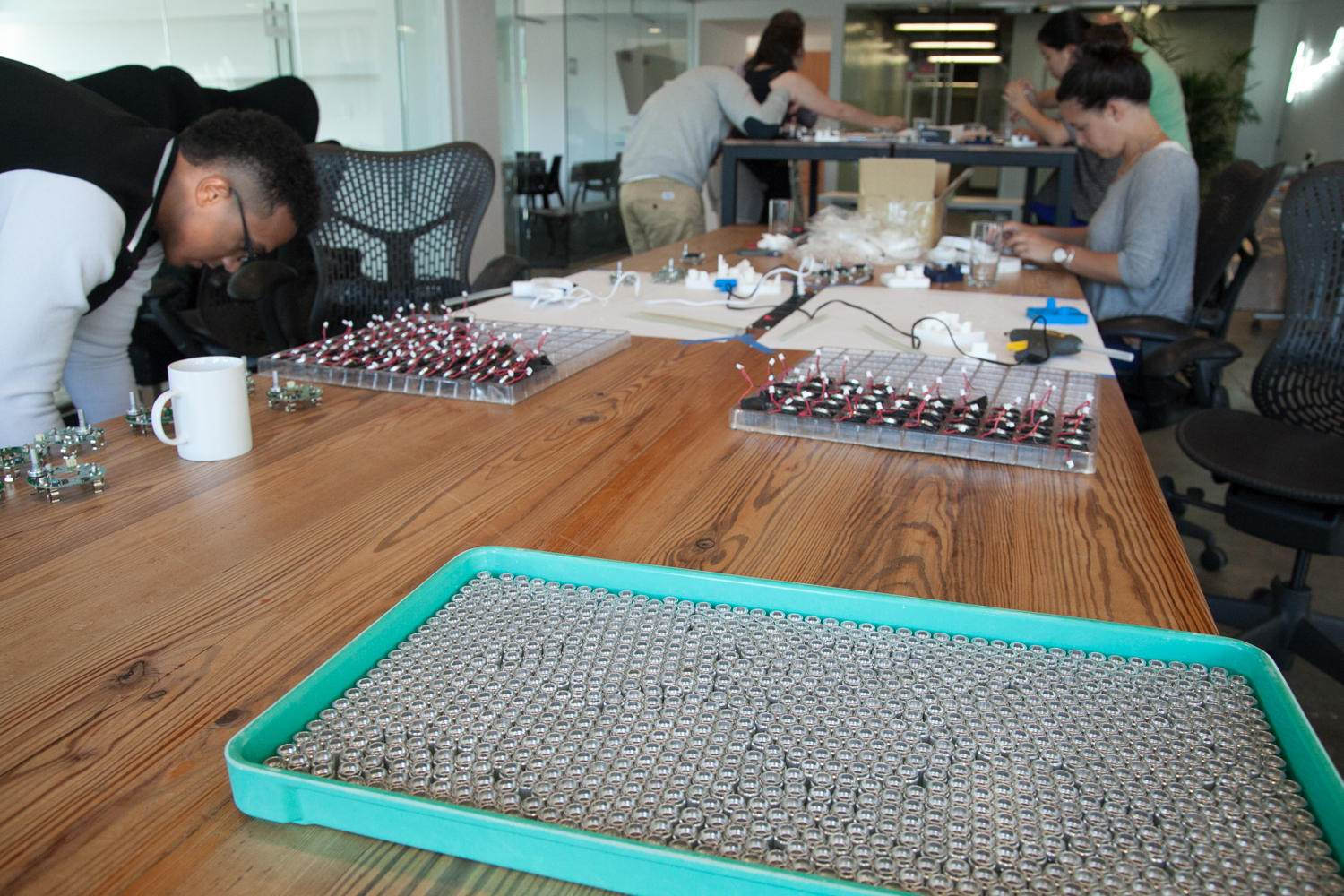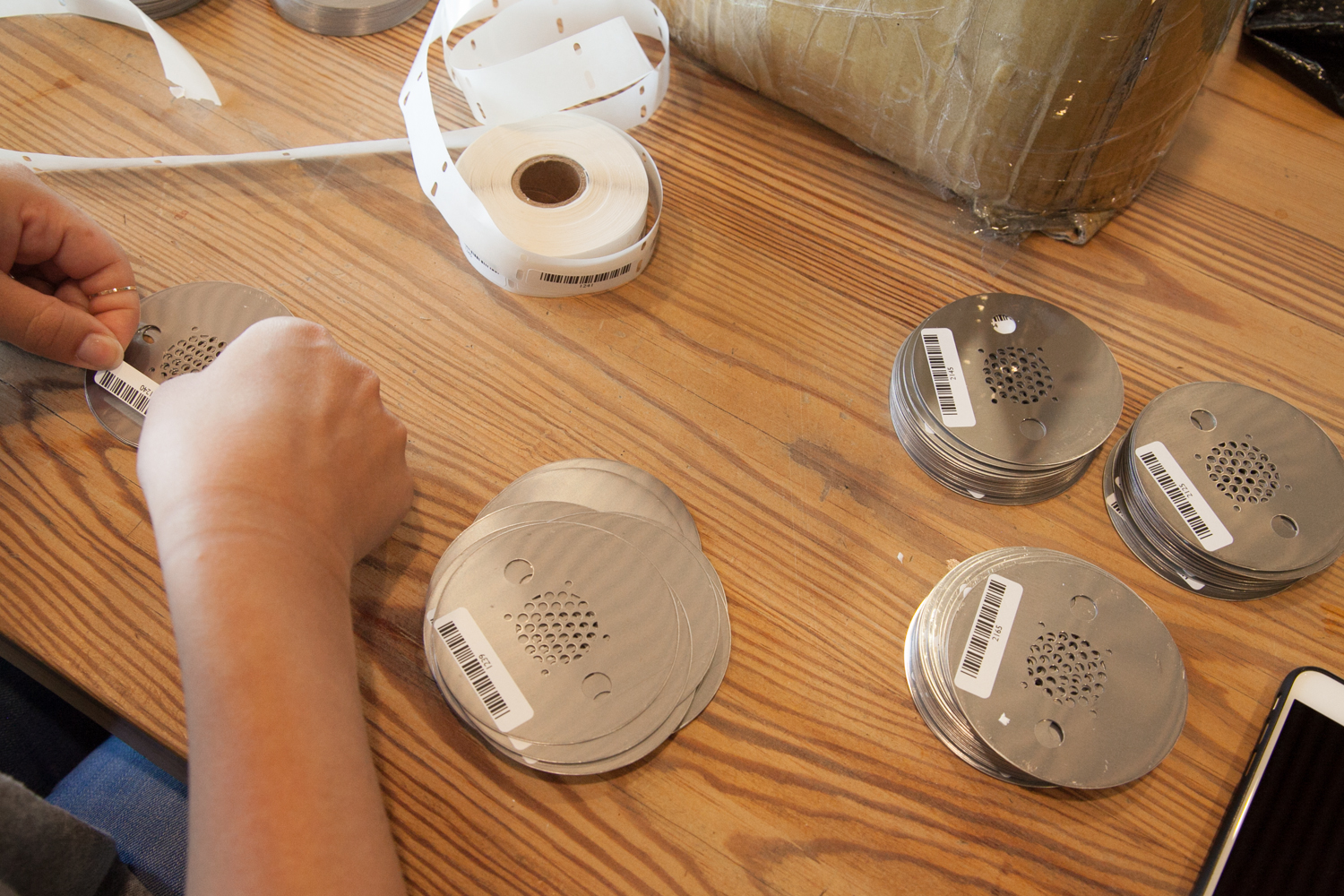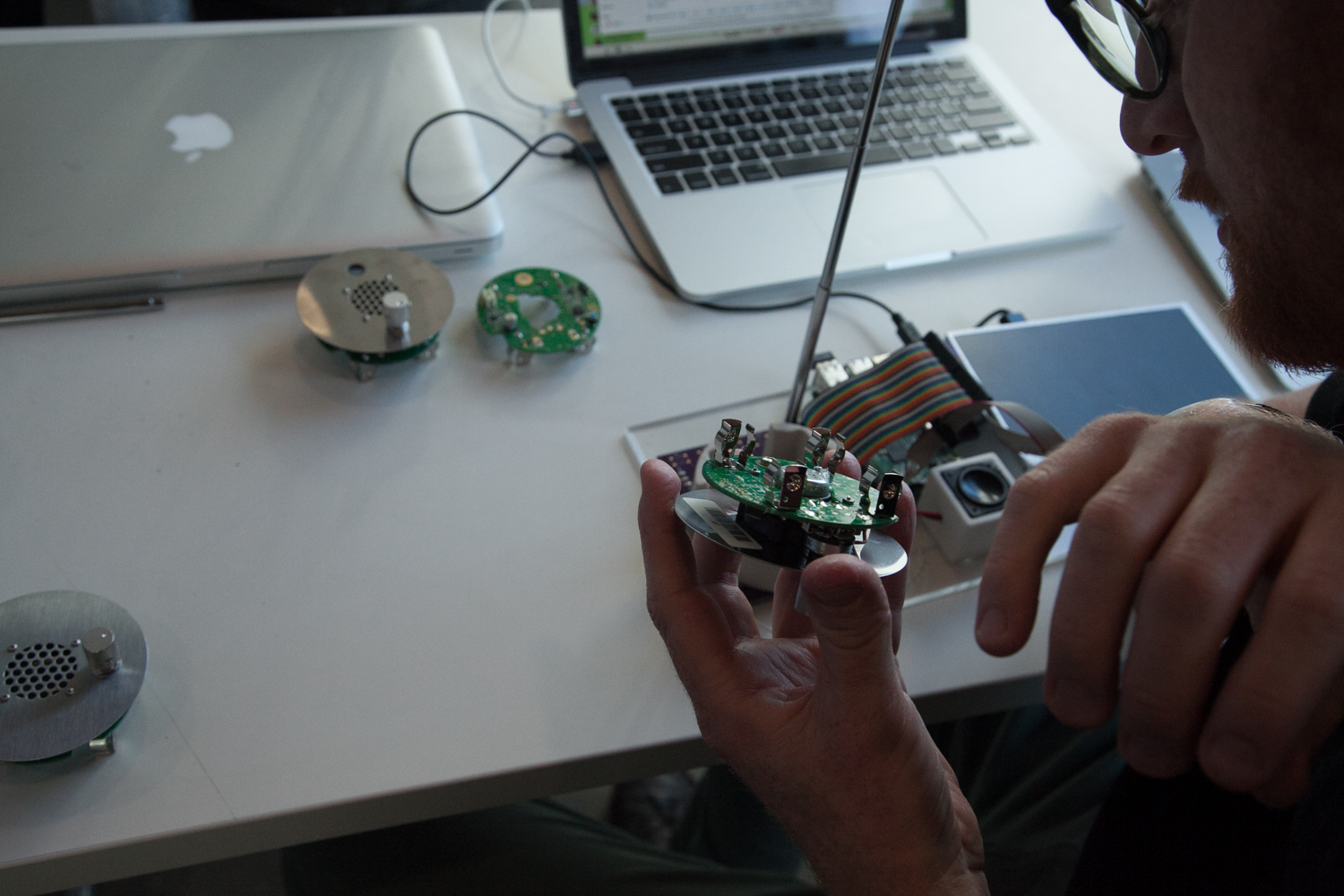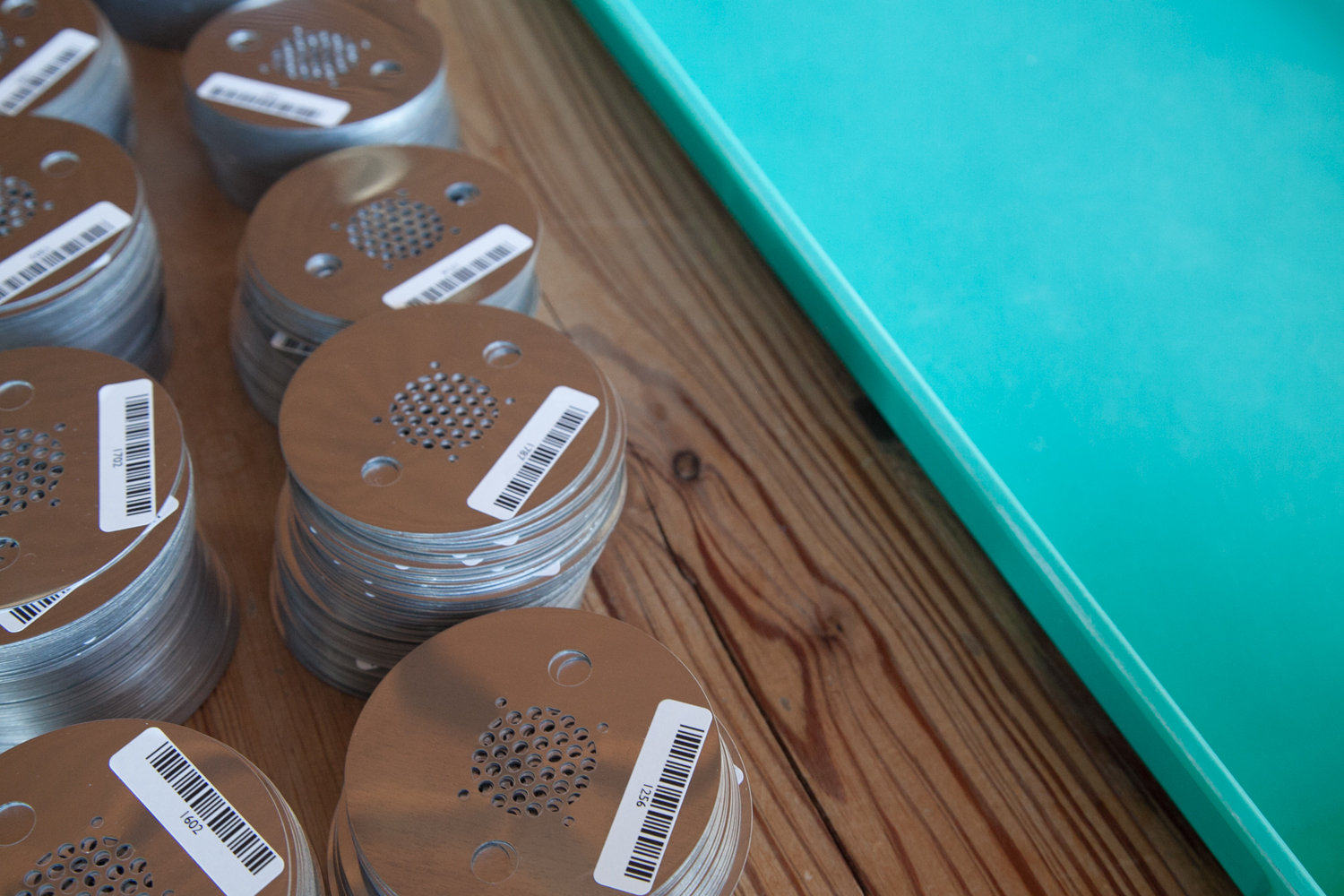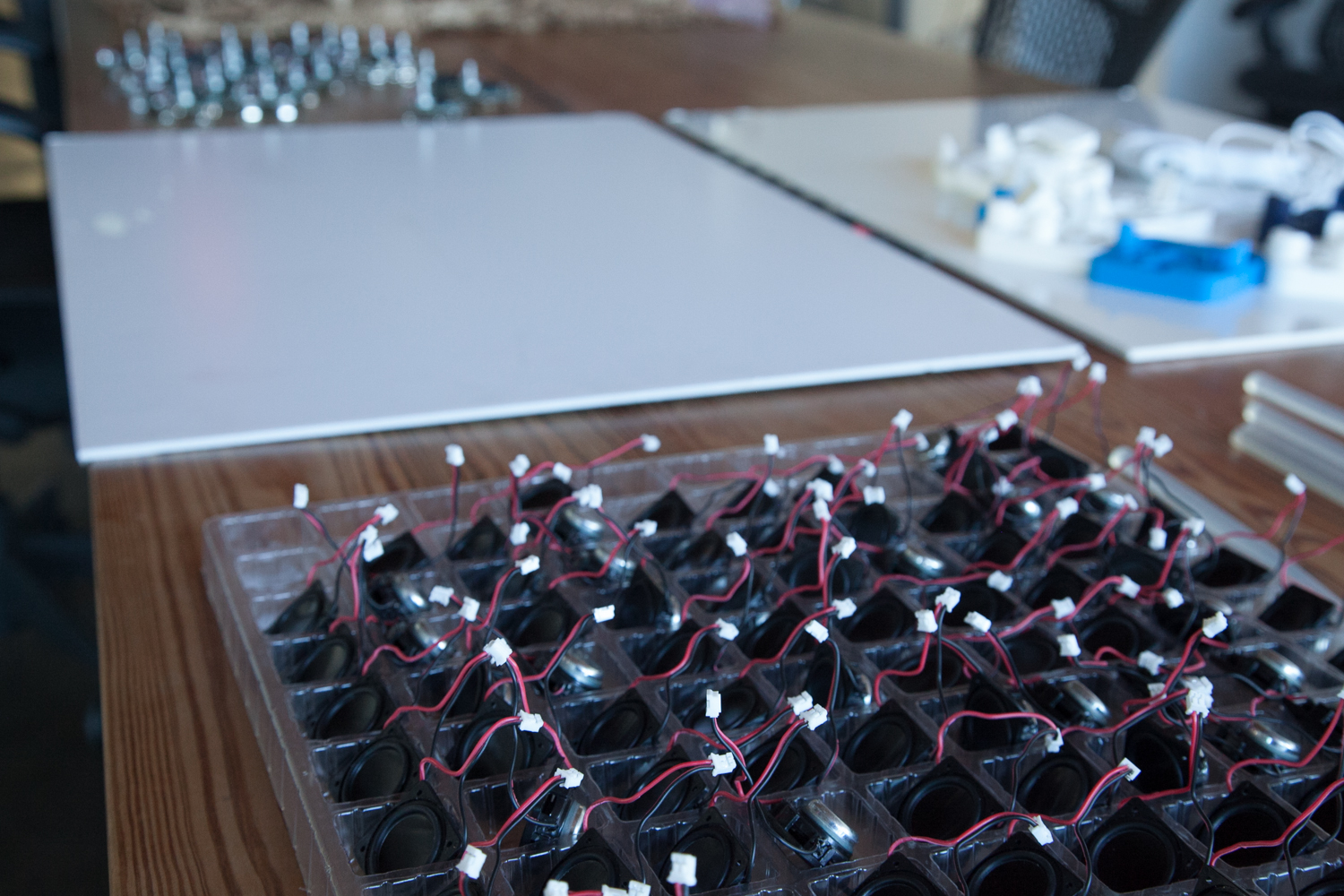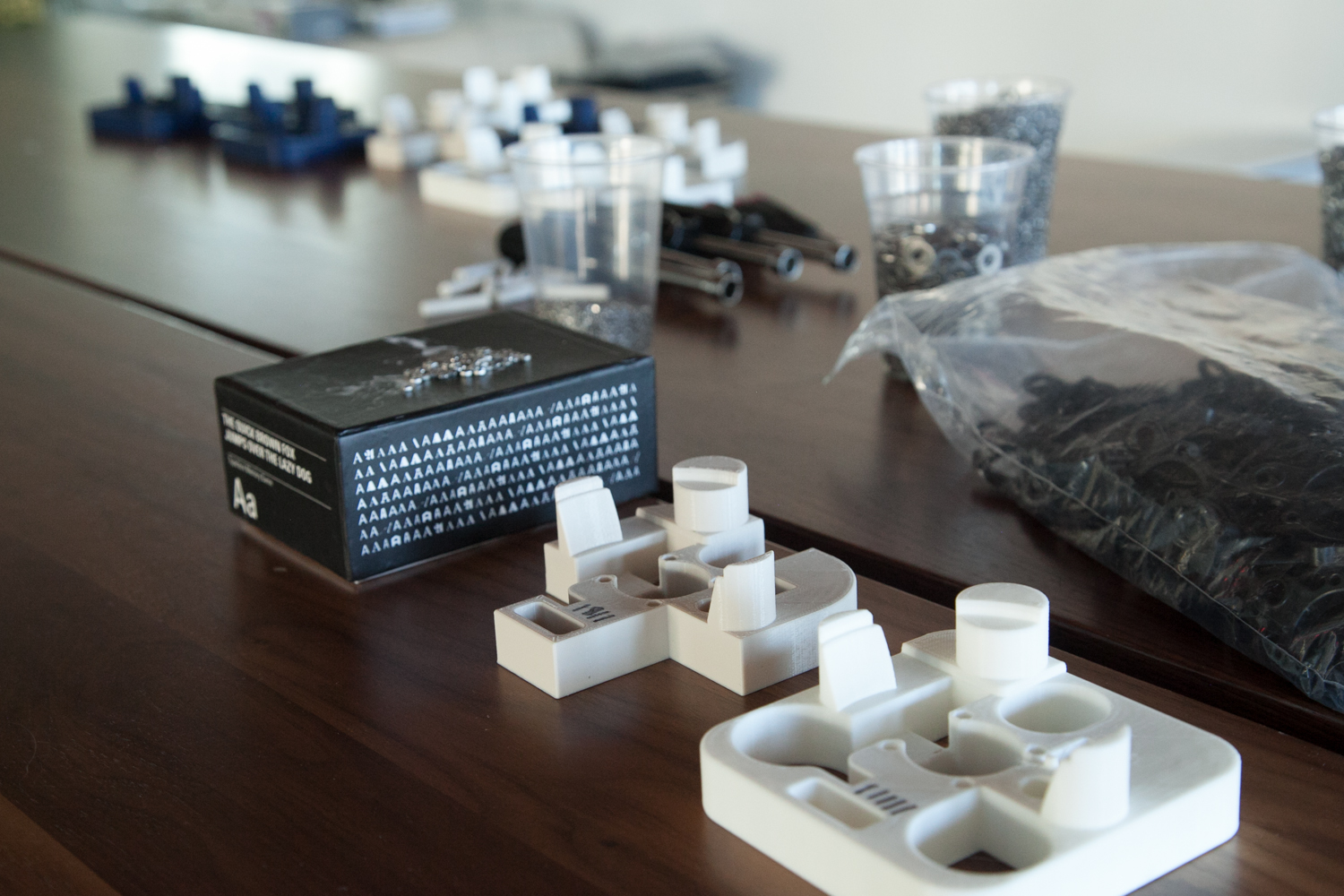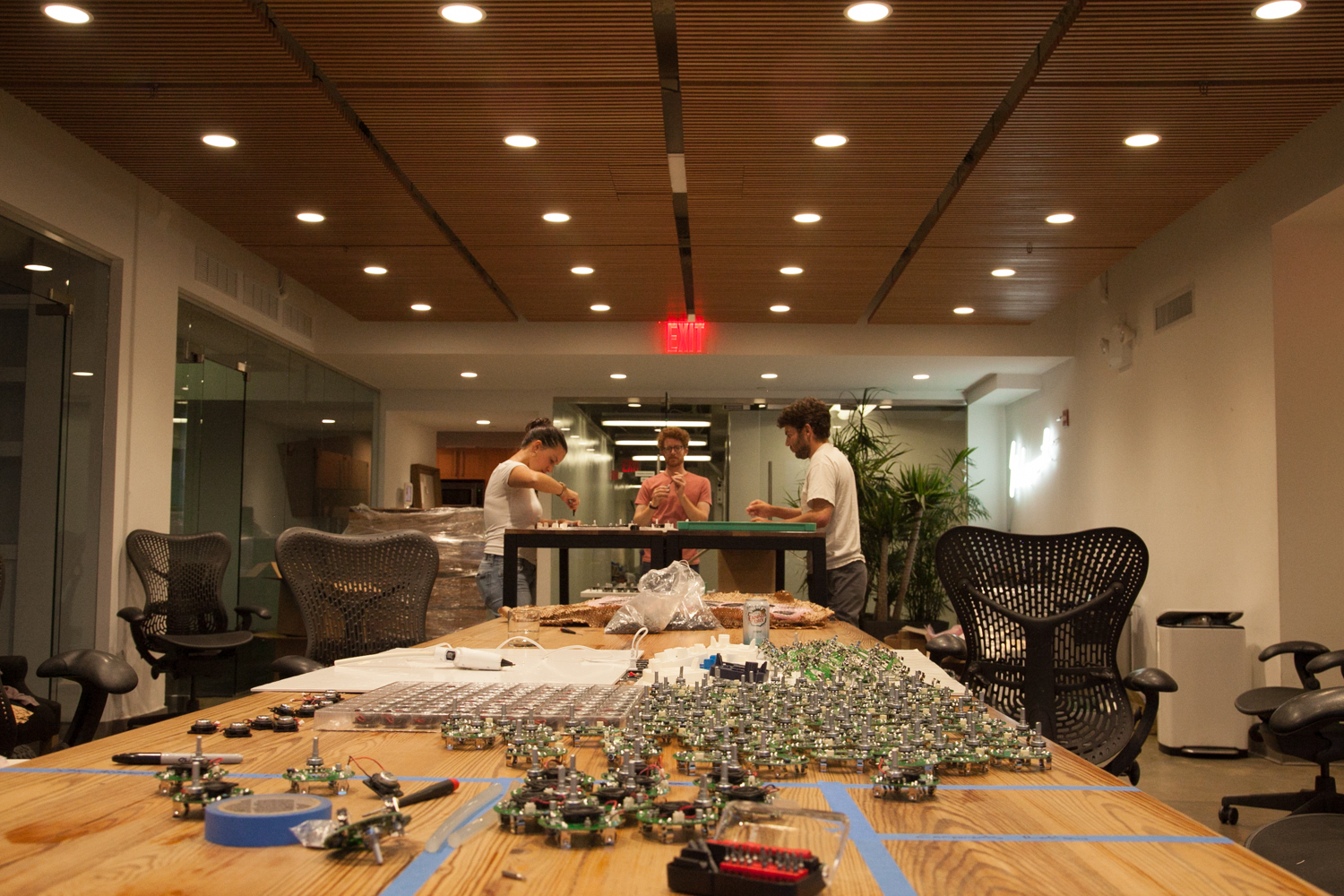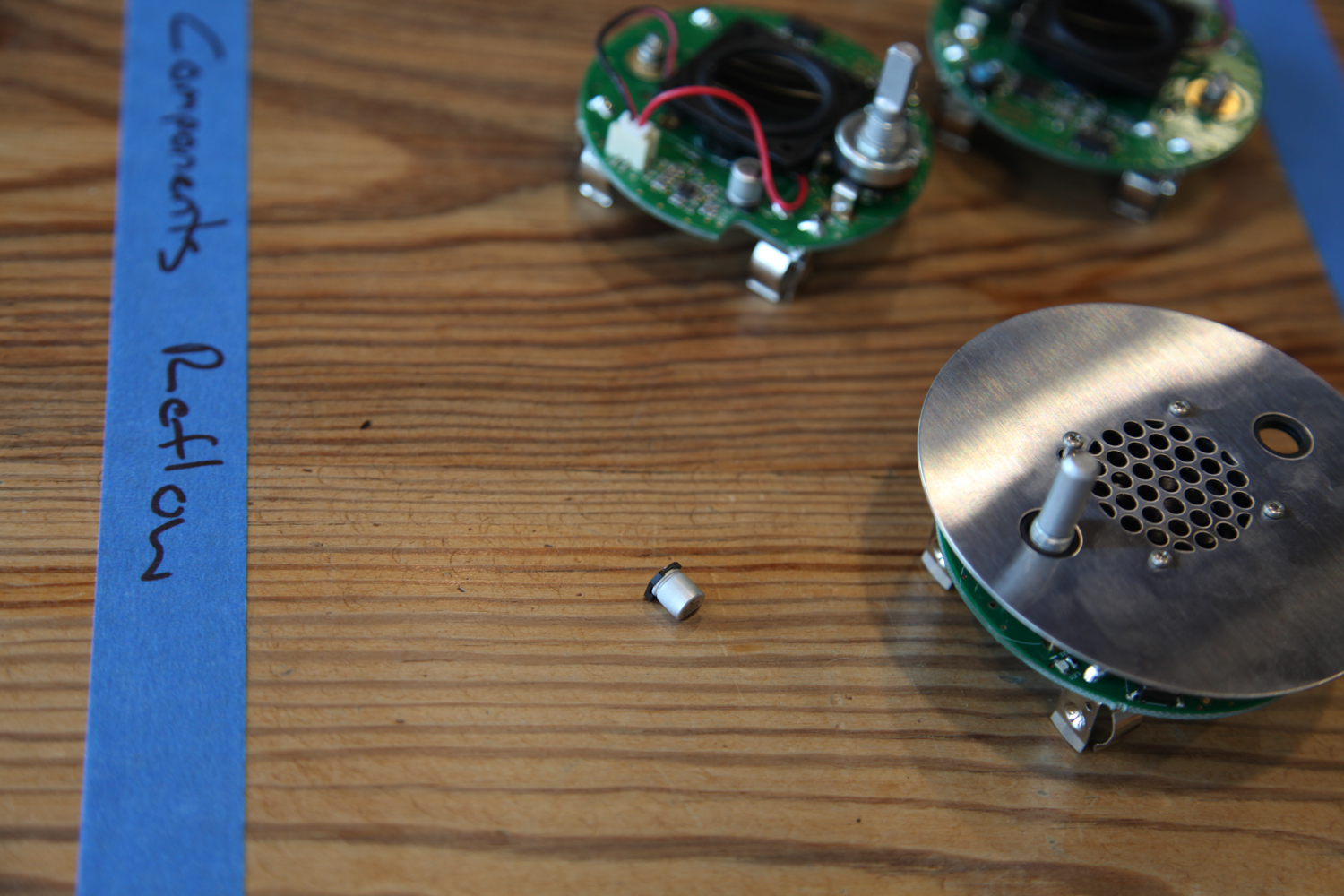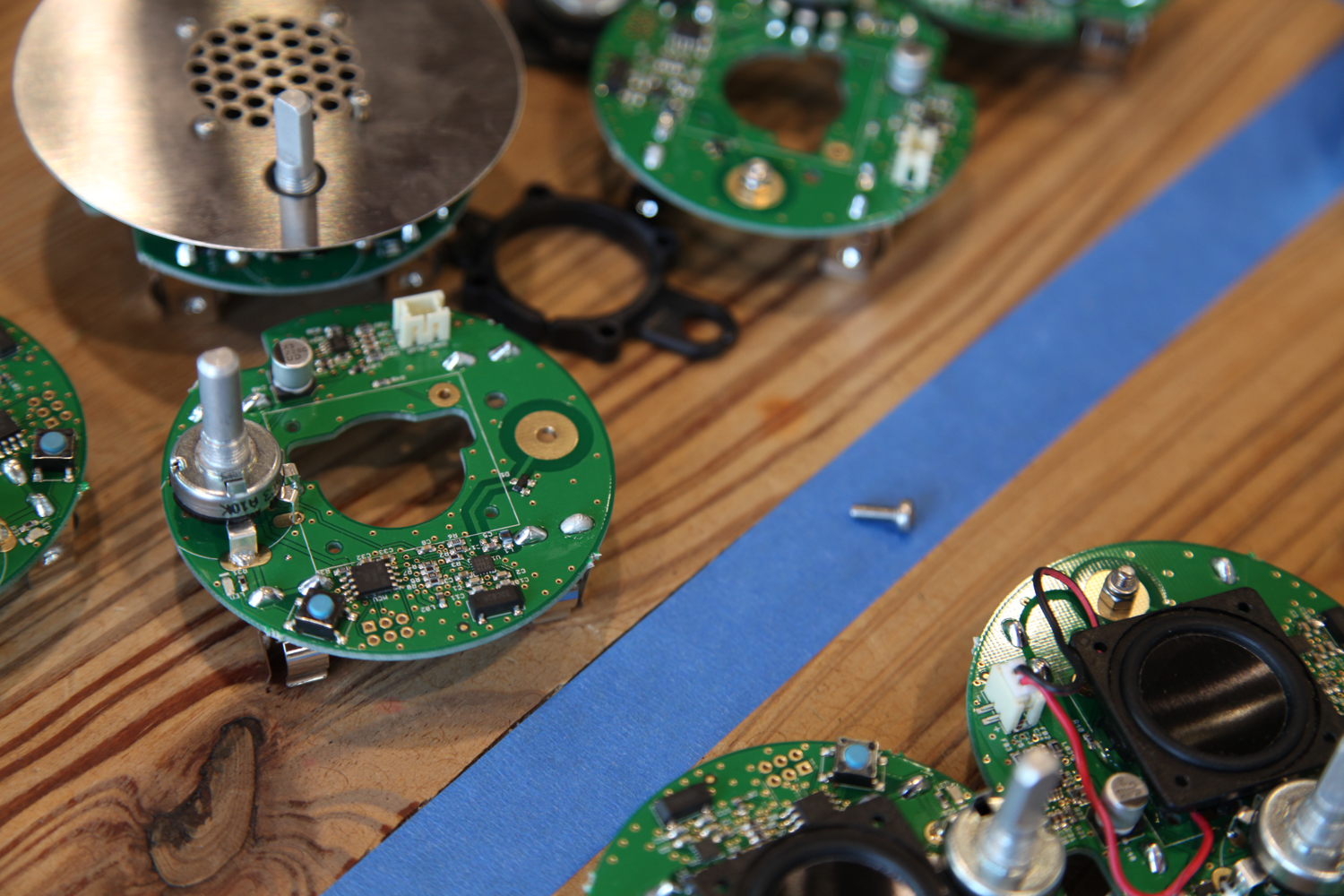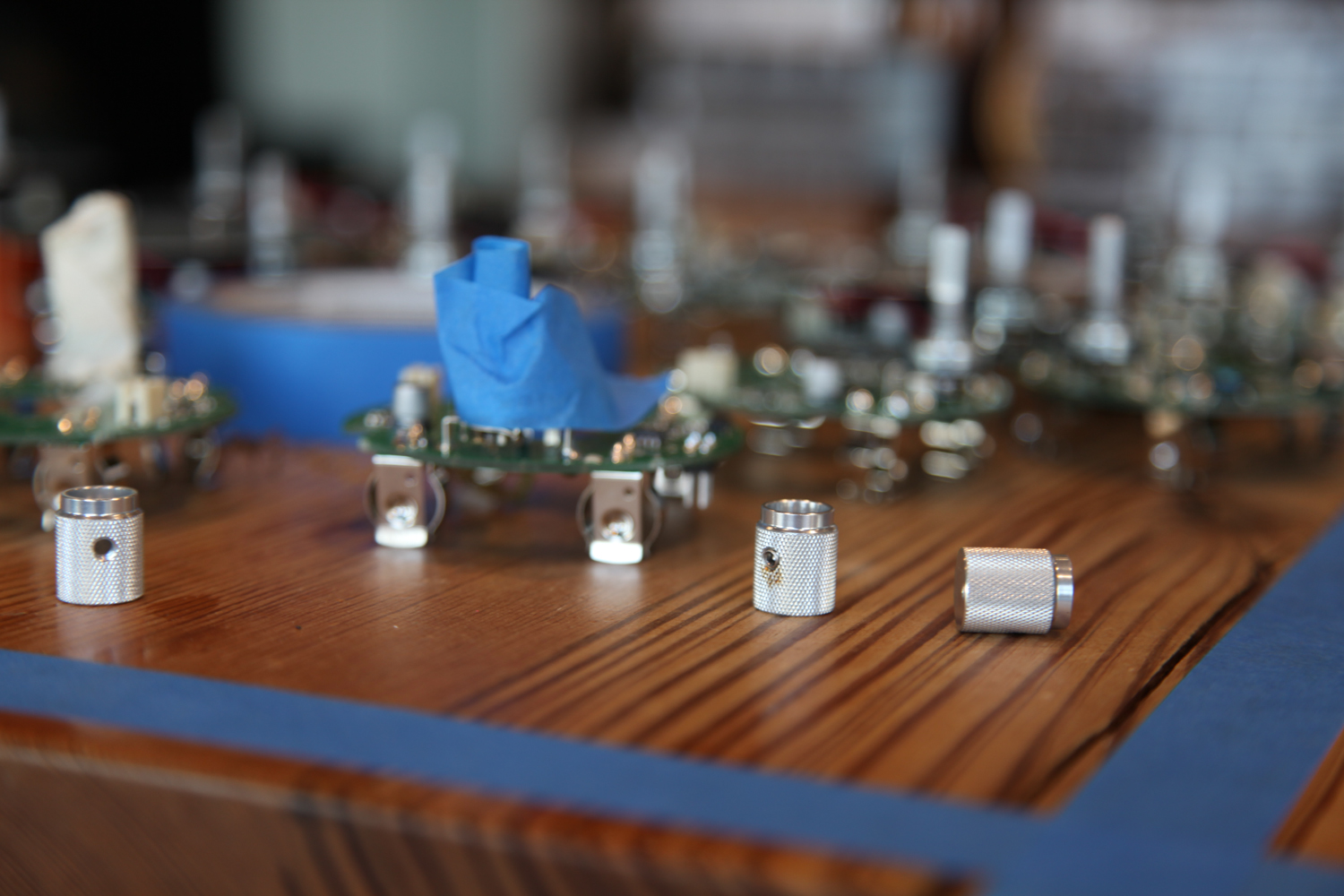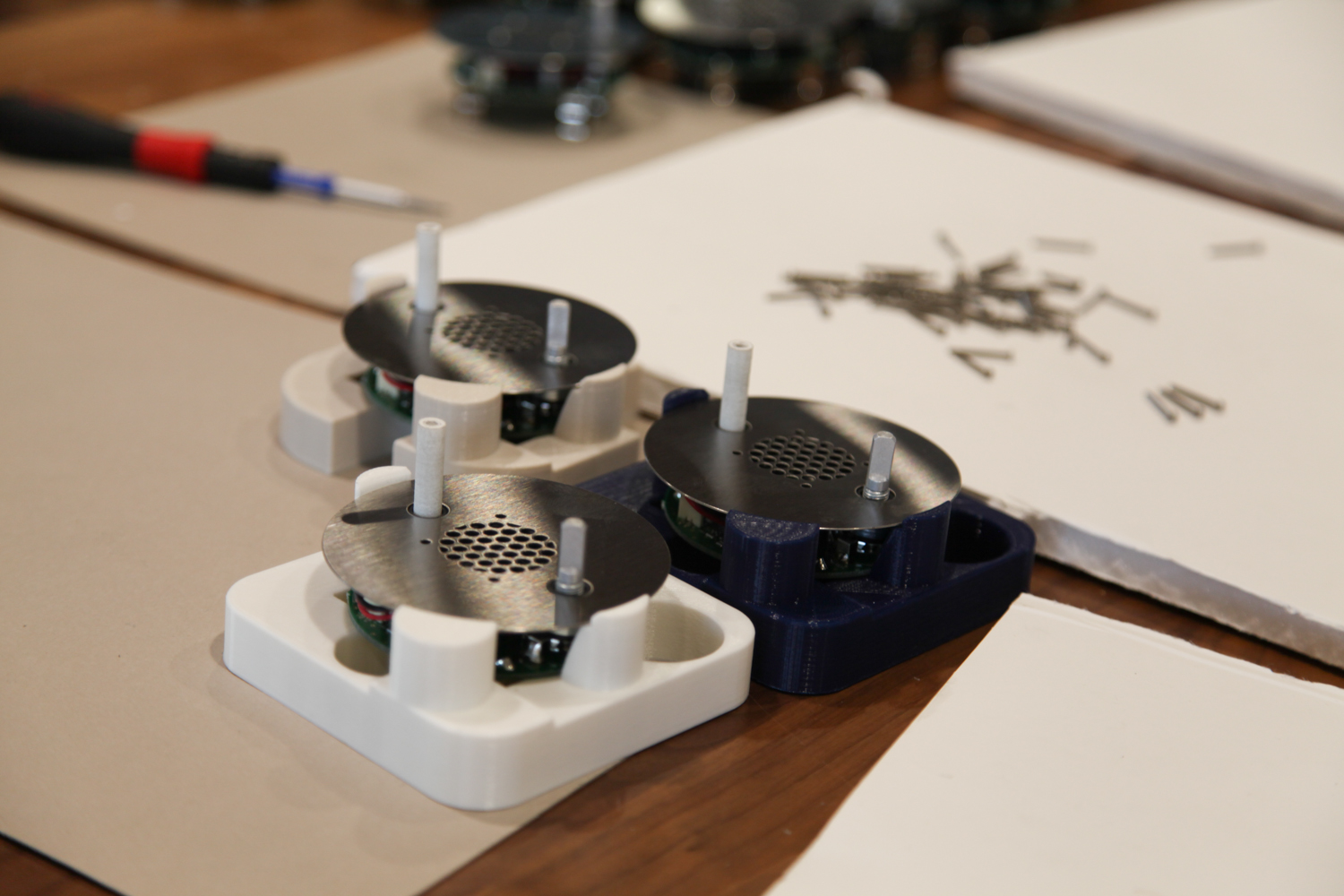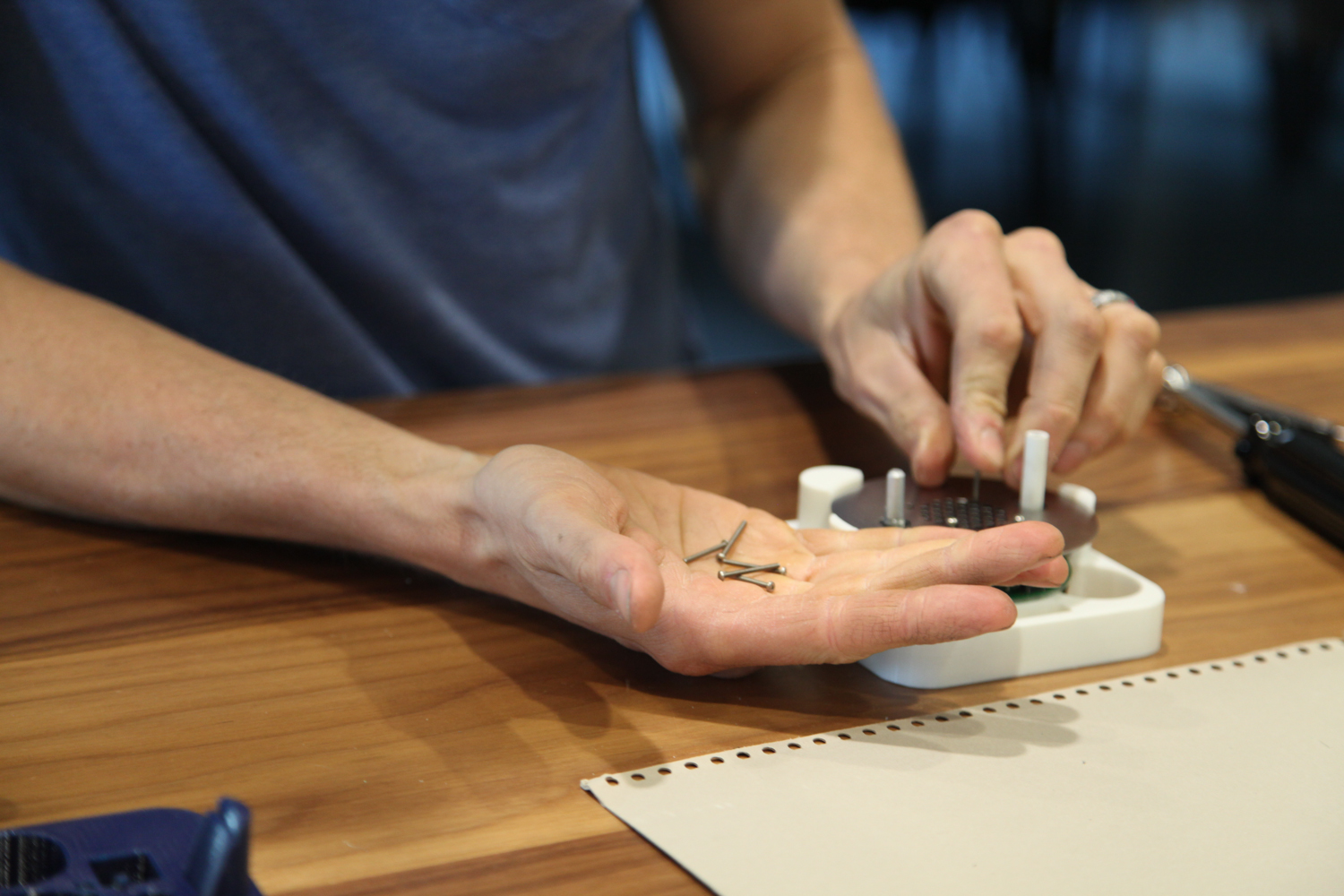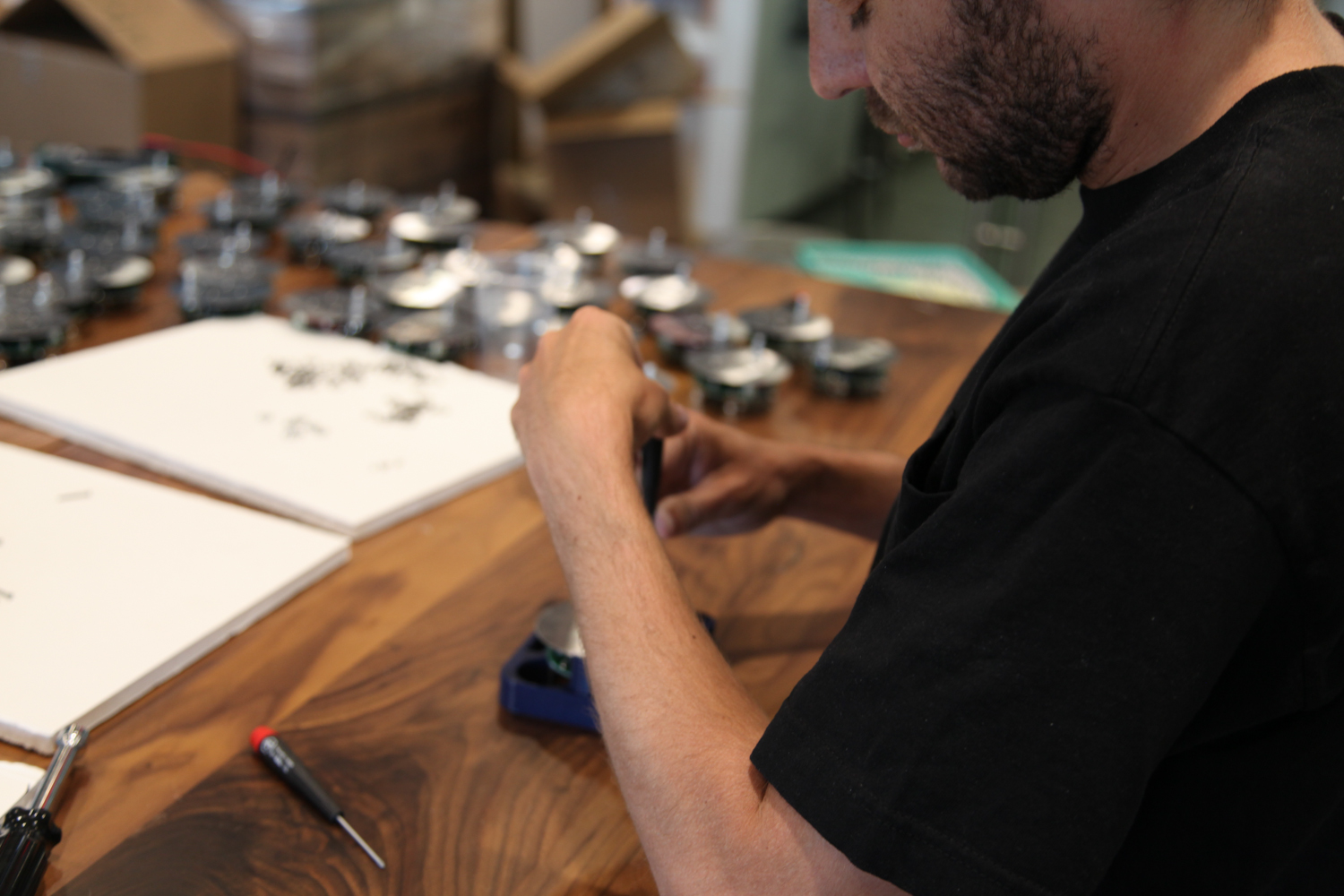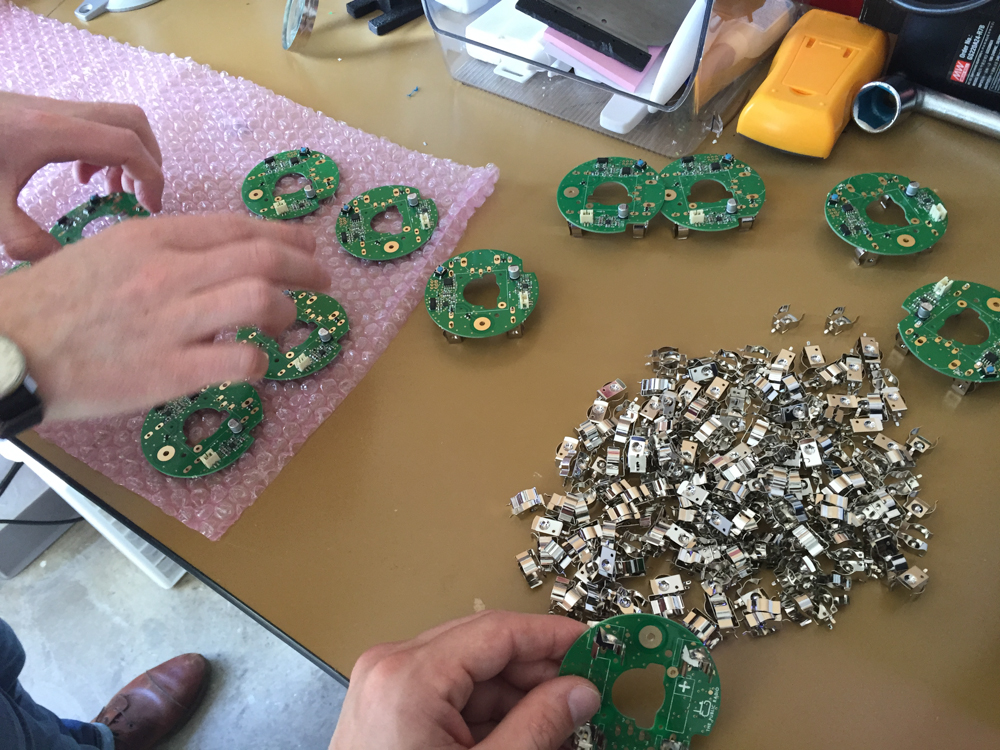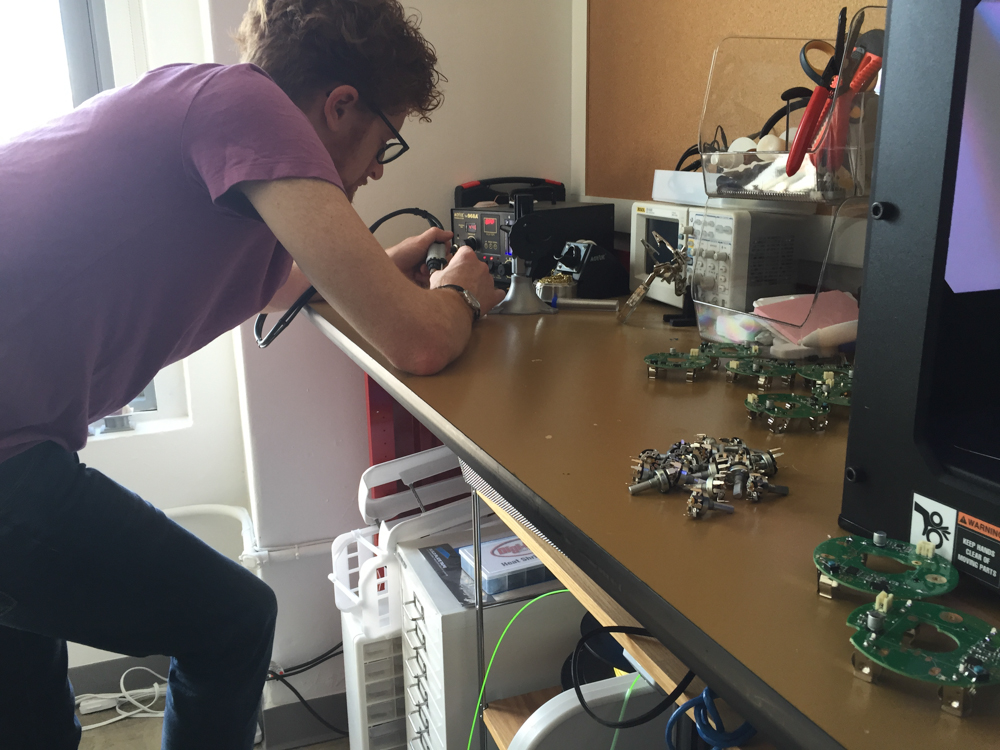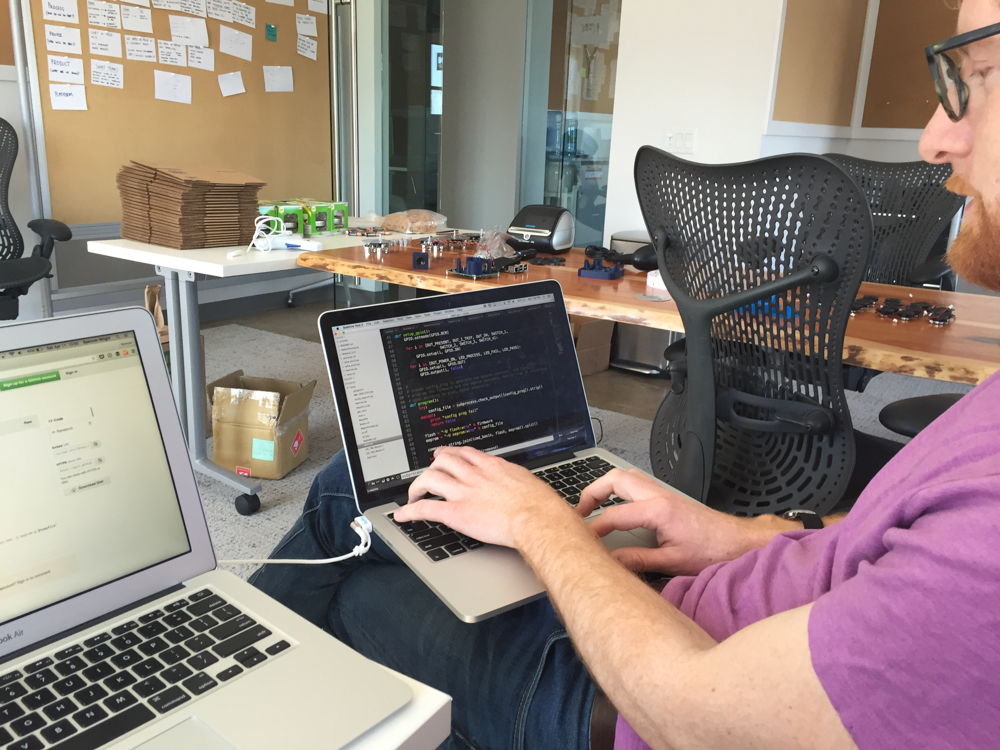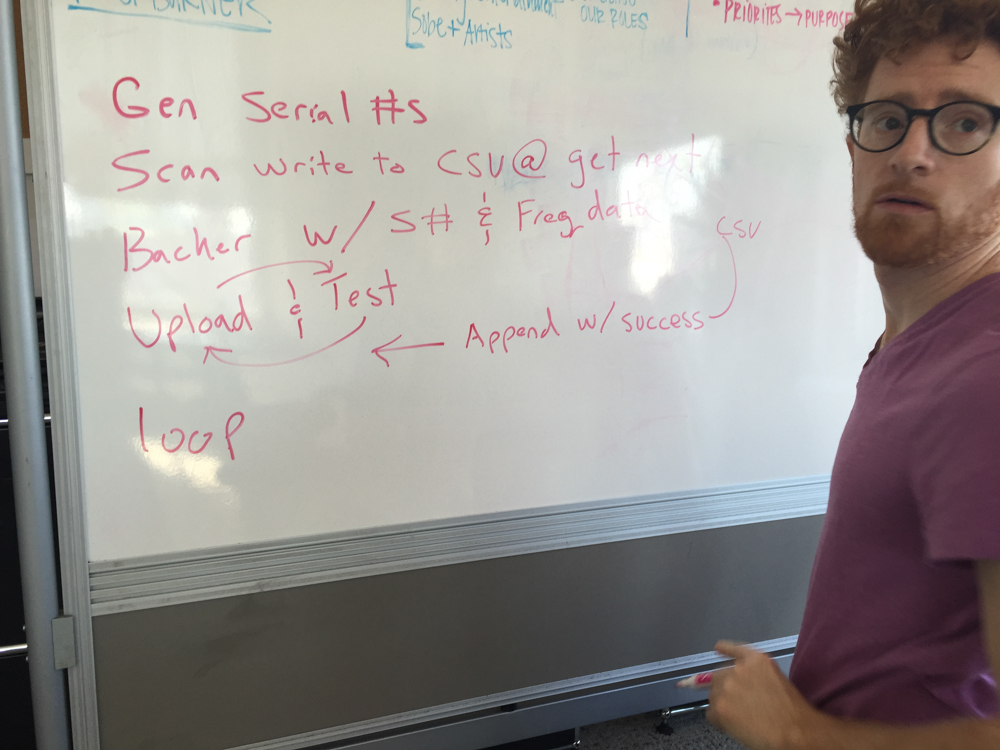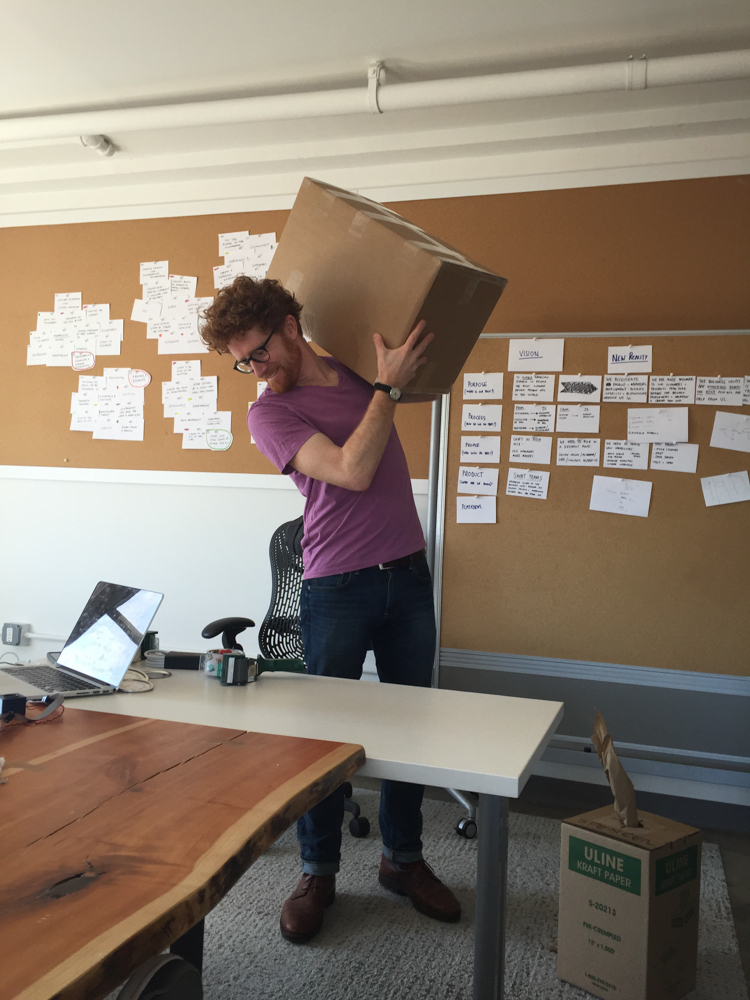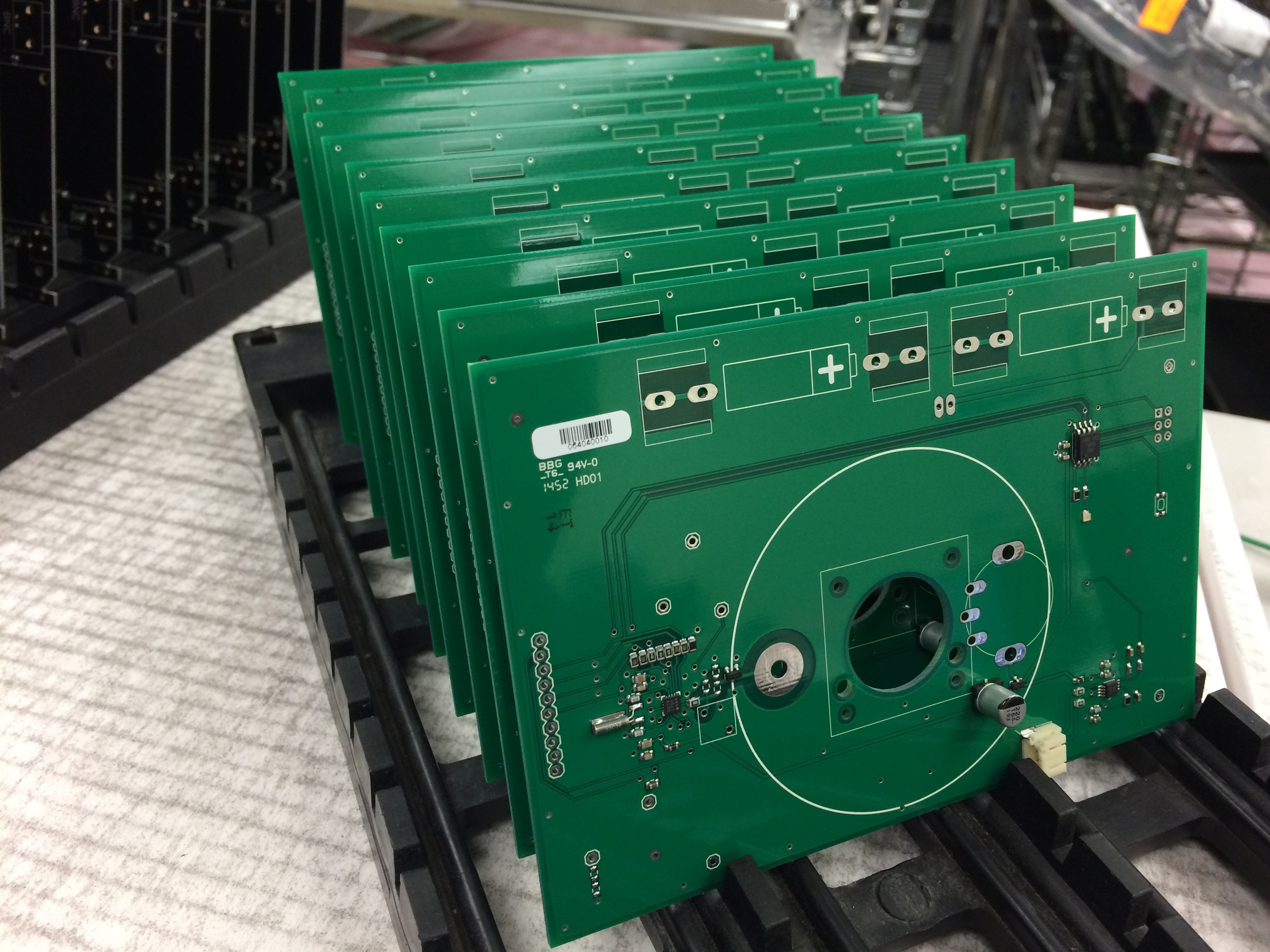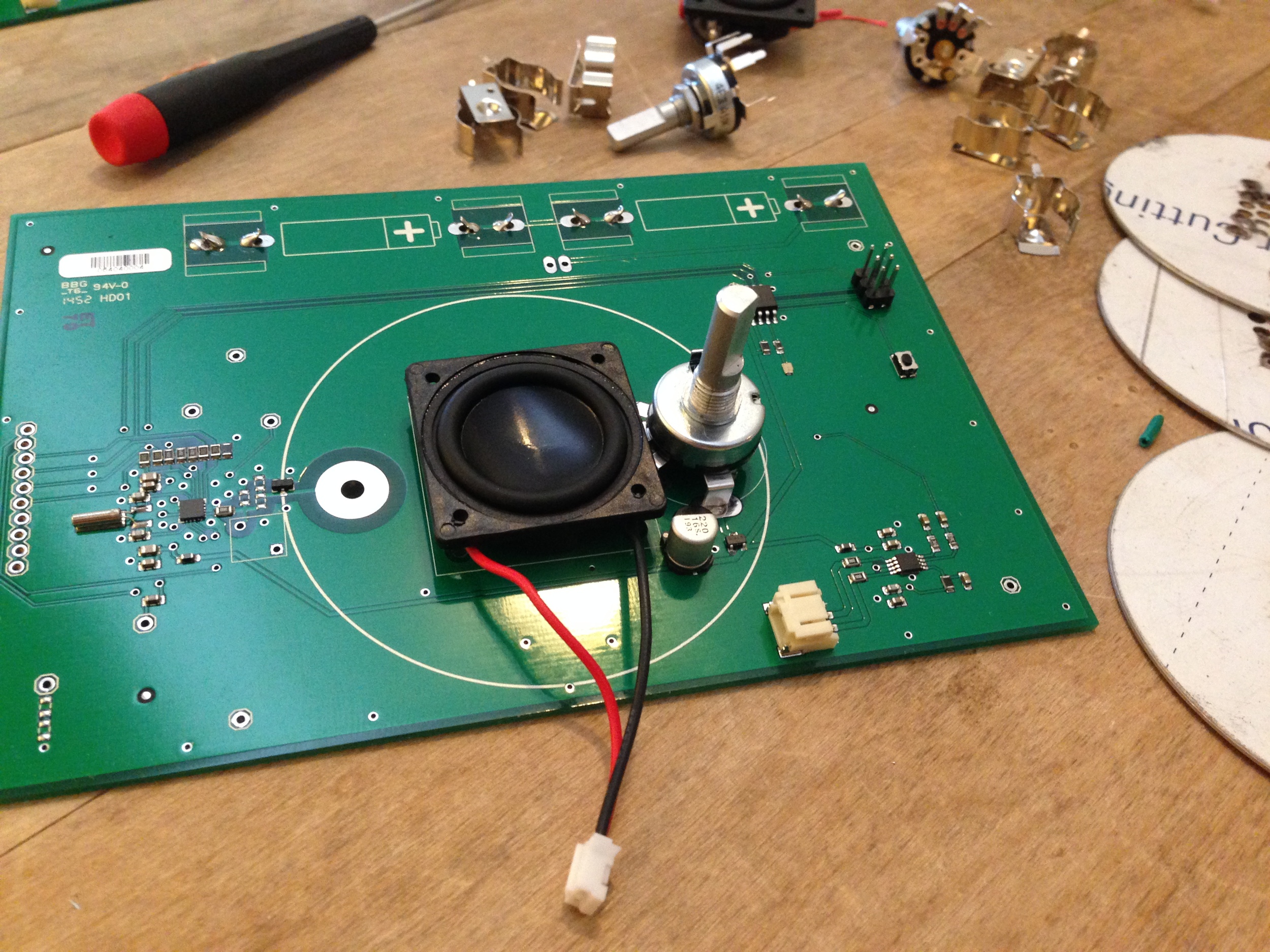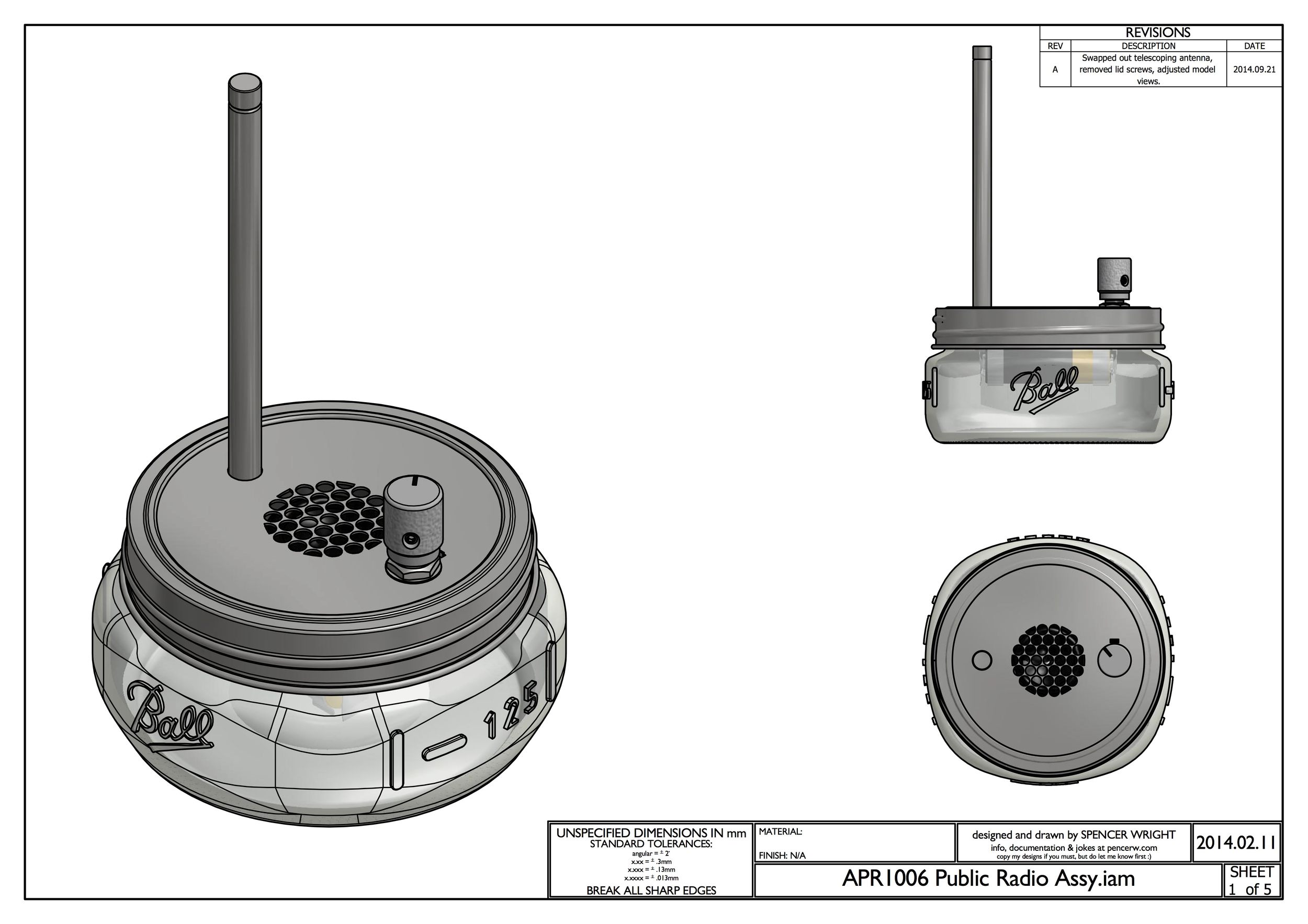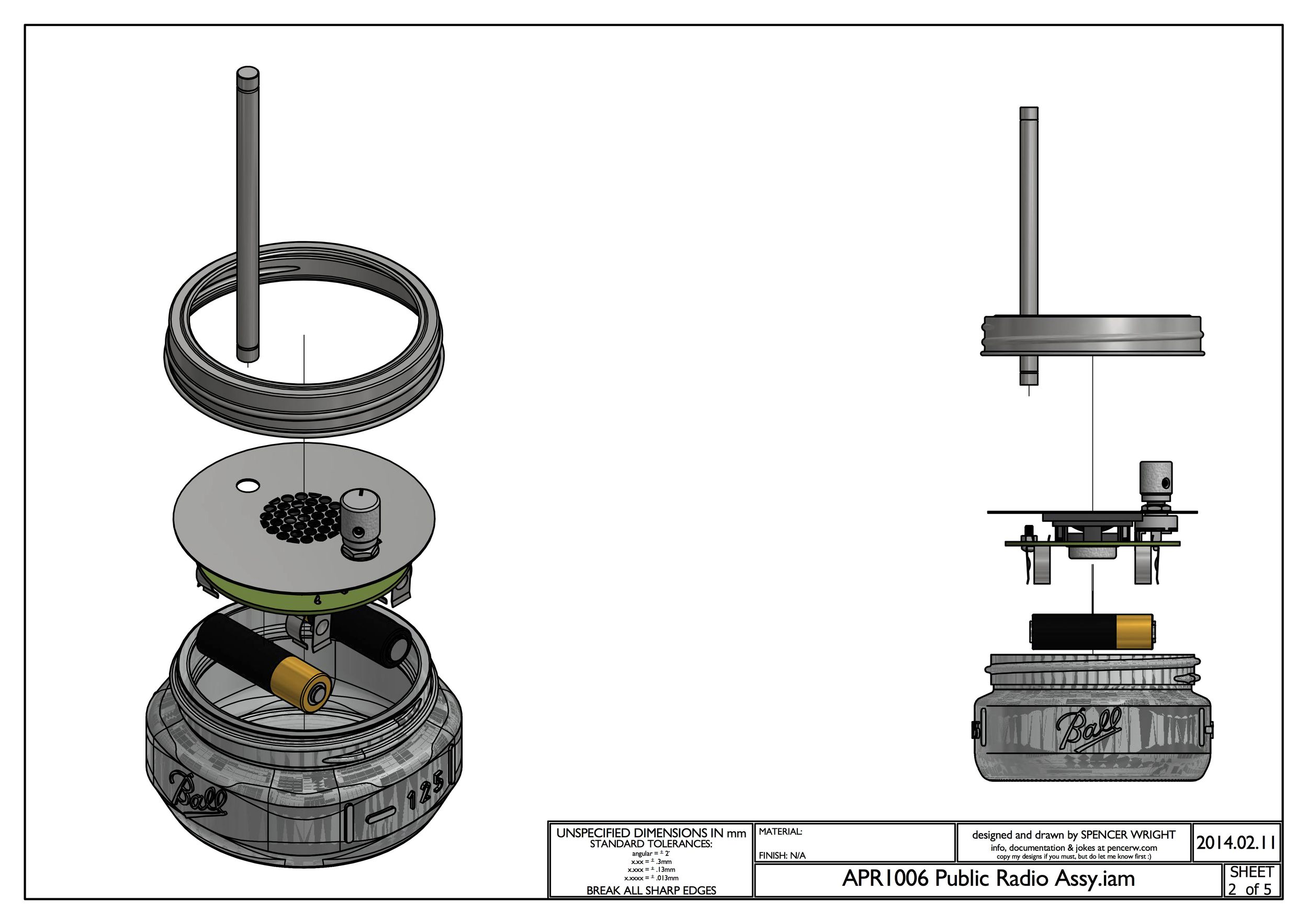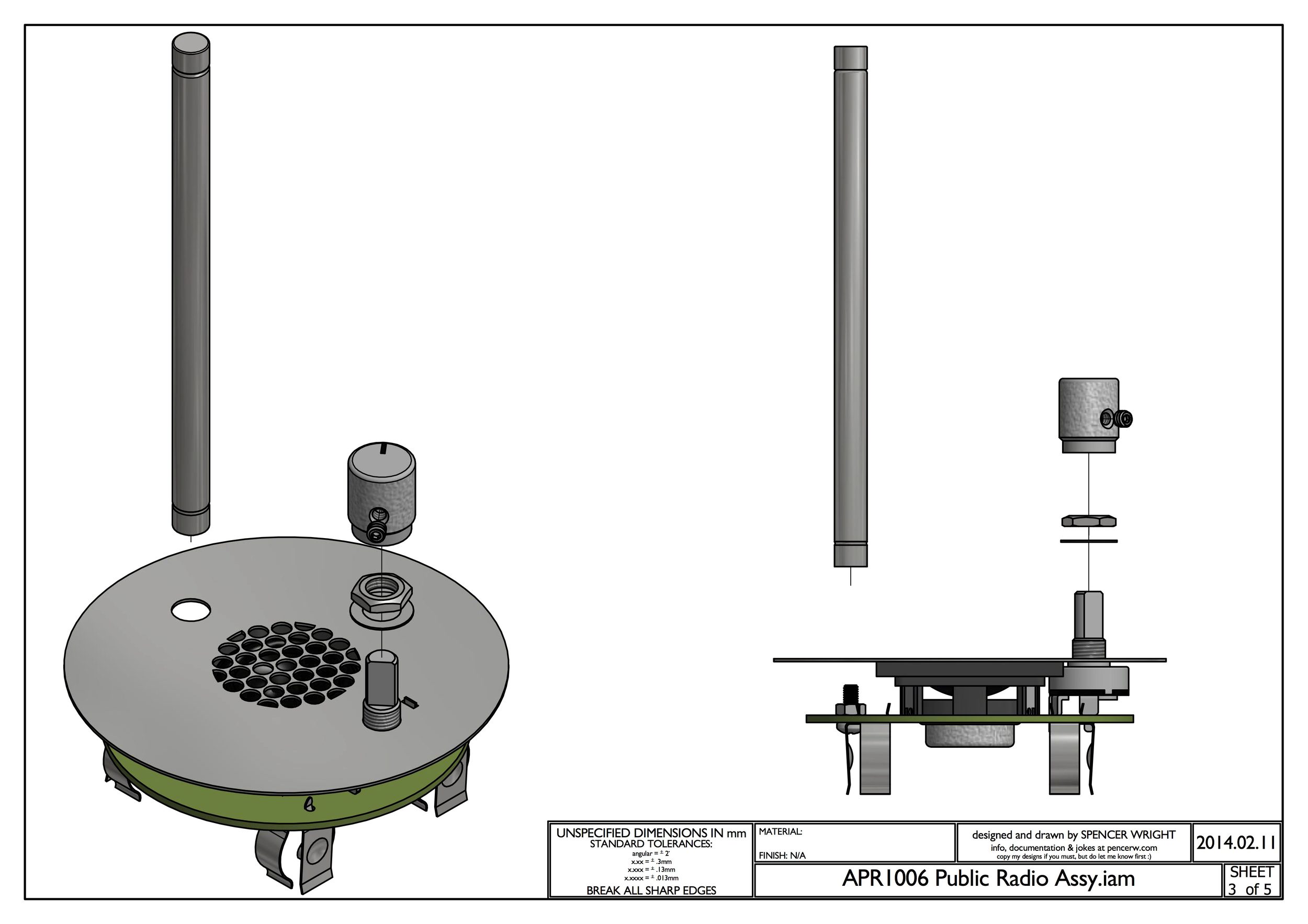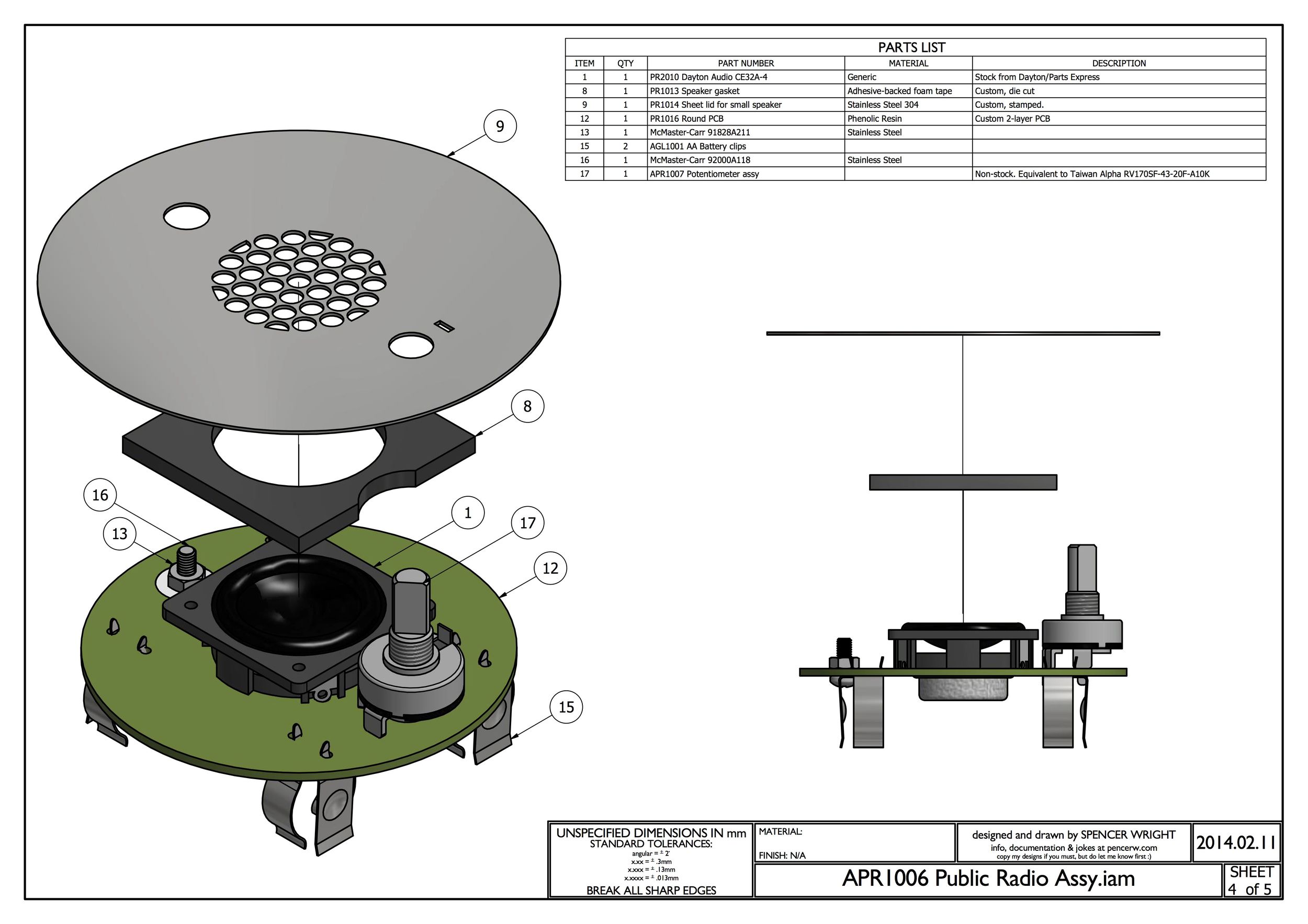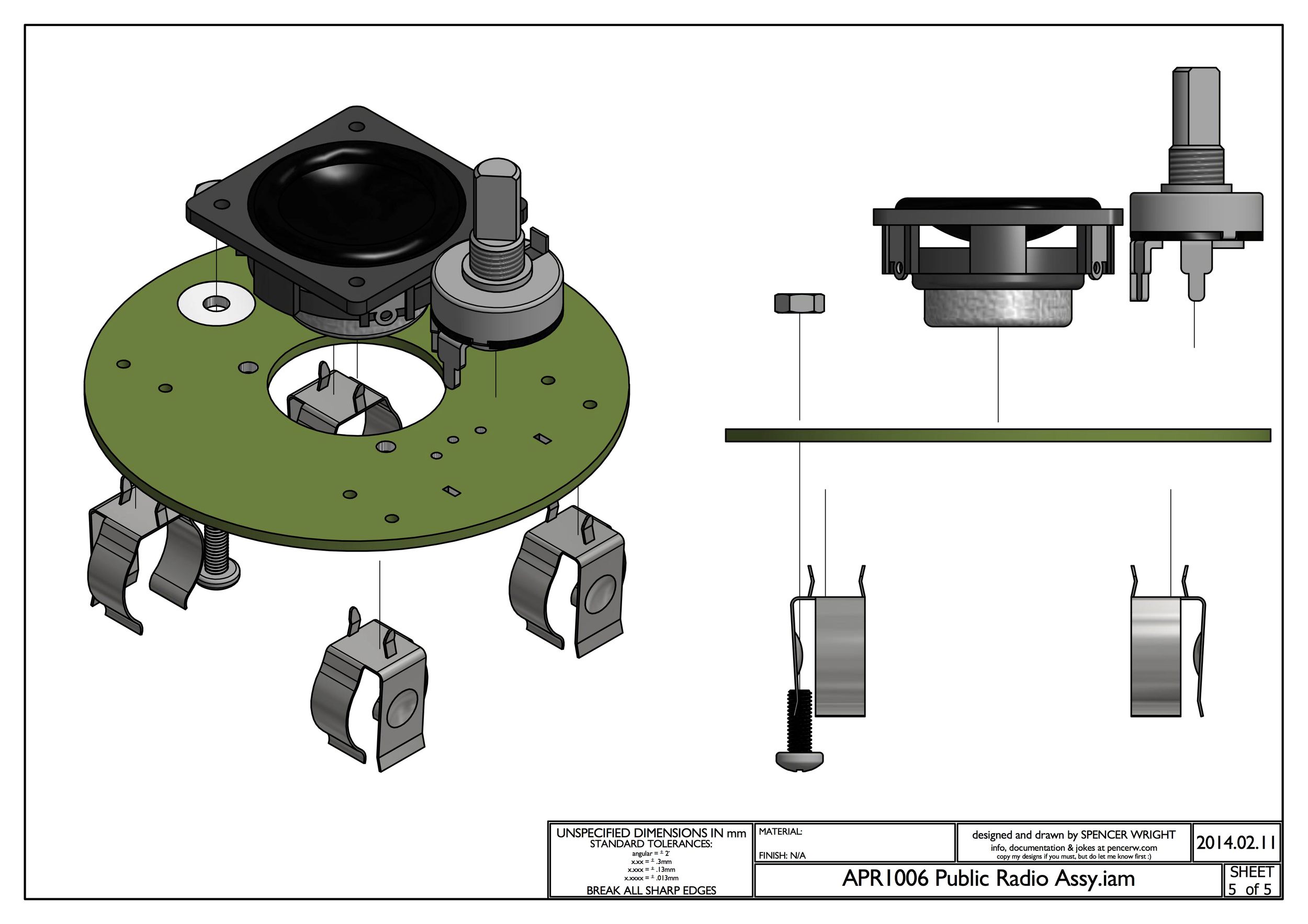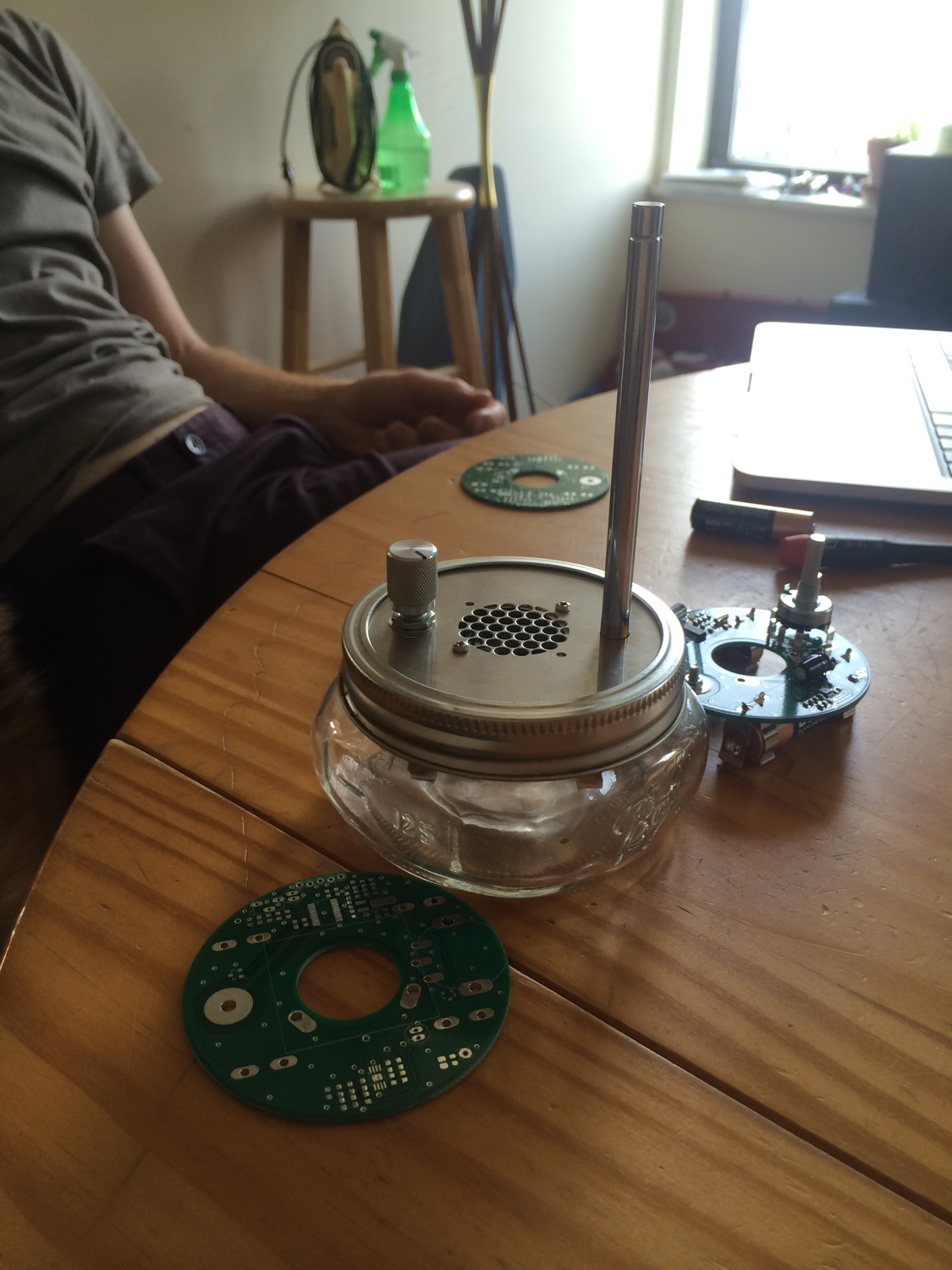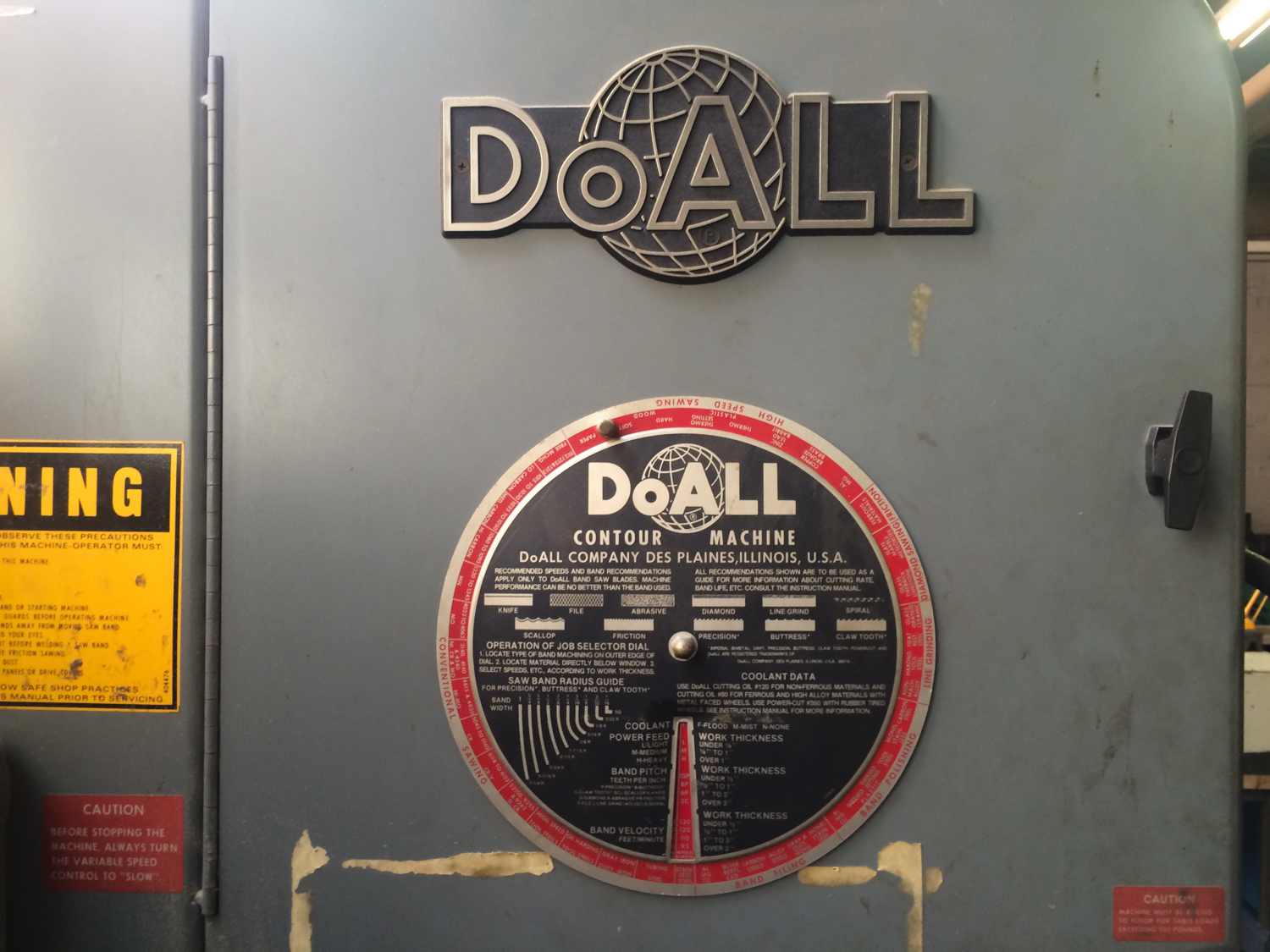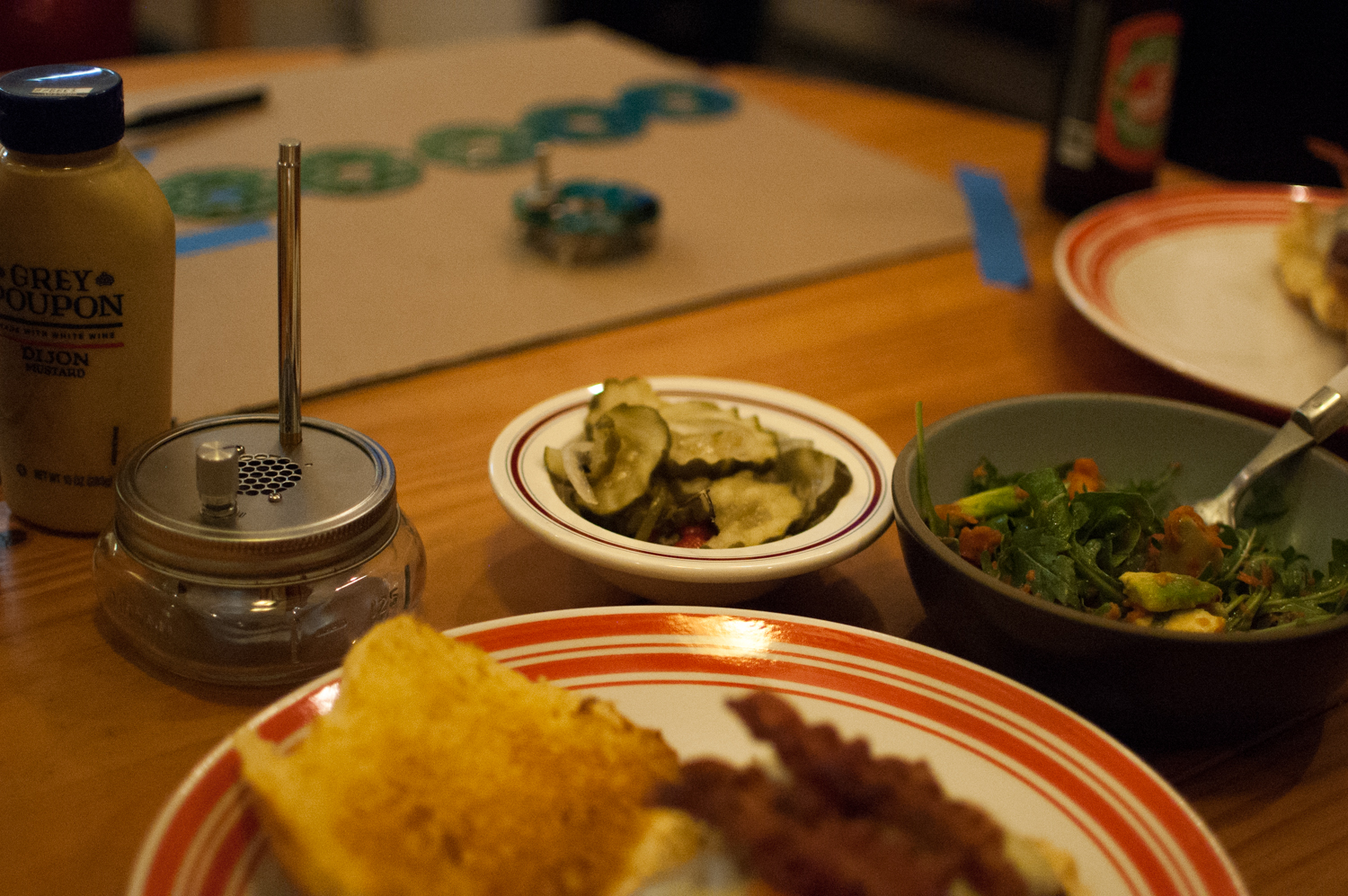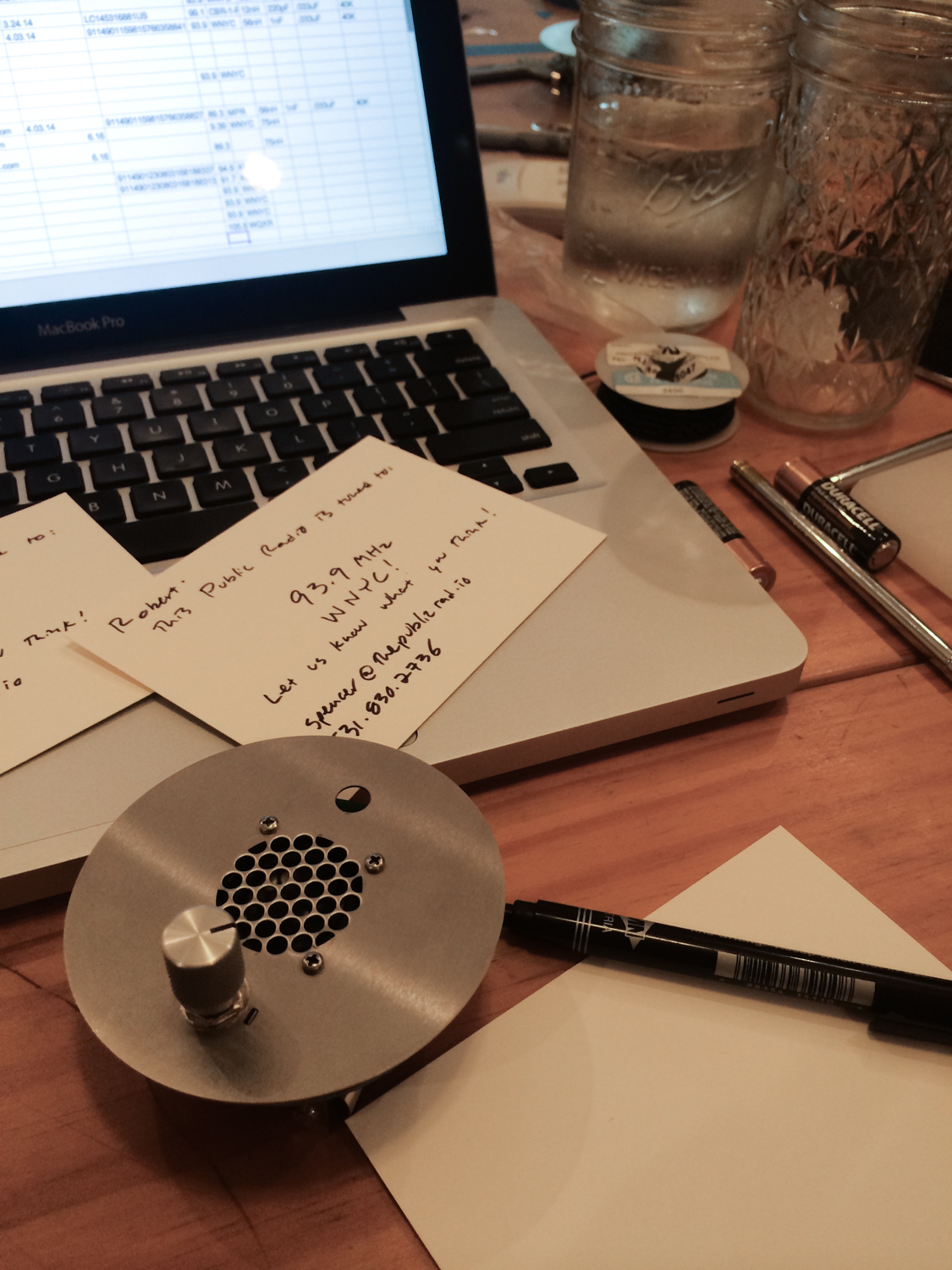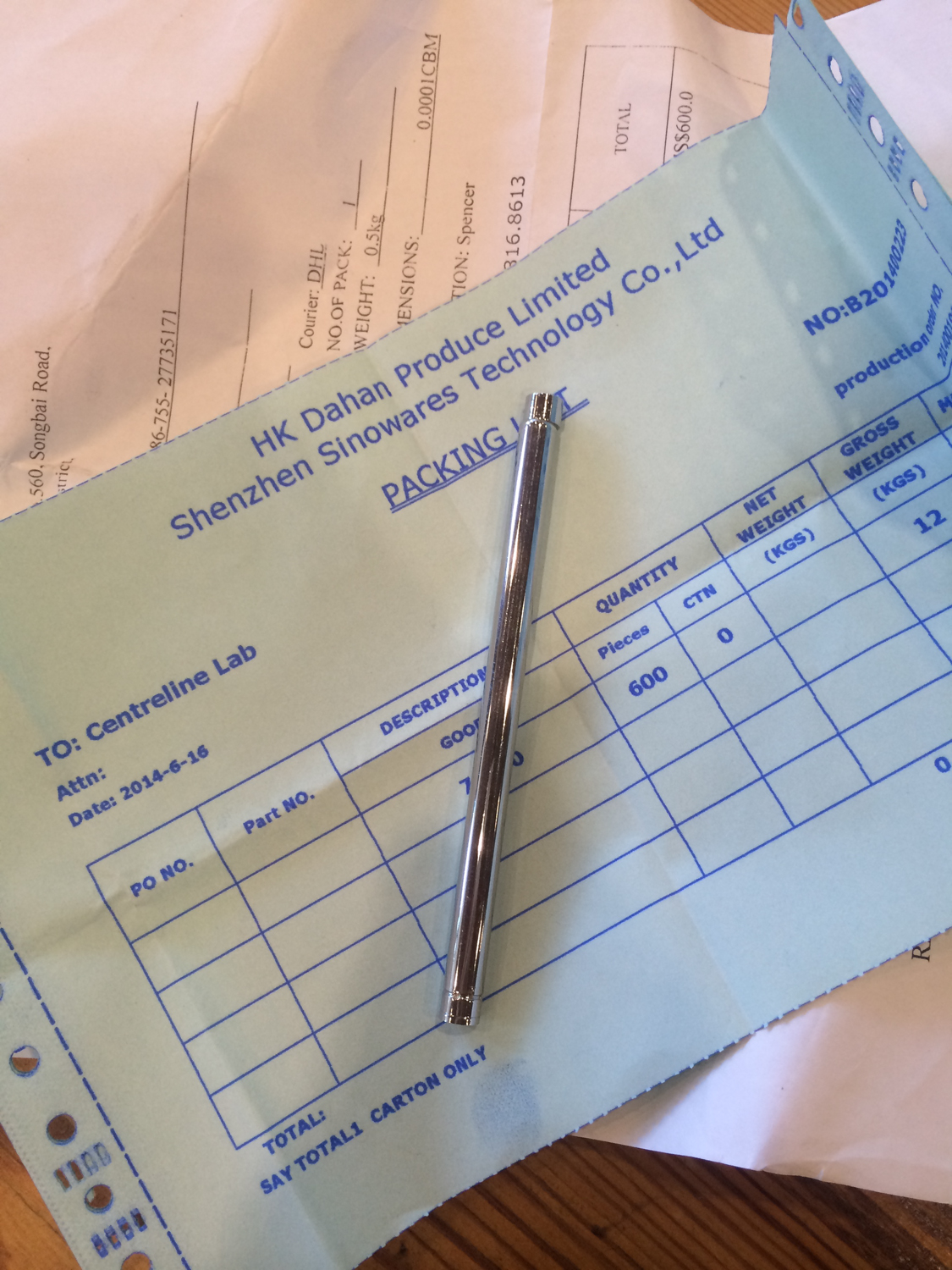There are FM transmitters, like the kind we used to use in the early iPod days that broadcast on an open frequency band over the car's radio and these are helpful to have though they can be problematic in a major city like NYC where there are a lot of FM stations and not a lot of space on the air. So, what to do when you need to tune your Public Radio and there's no UI on the device, or simply a reference station to listen to.
Unfortunately, the FM IC we're using doesn't offer up any tuning information in the form of a station id that it can send to a microcontroller, to confirm the station it thinks it's tuned to. So this afternoon, in anticipation for our REV 3 boards showing up later this week, I put together a quick tuning calibration sketch with an Arduino - mapping the radio's varying voltages on its tune pins, to FM stations. It seems pretty accurate, and precise to within 20Khz, which is a good start.


